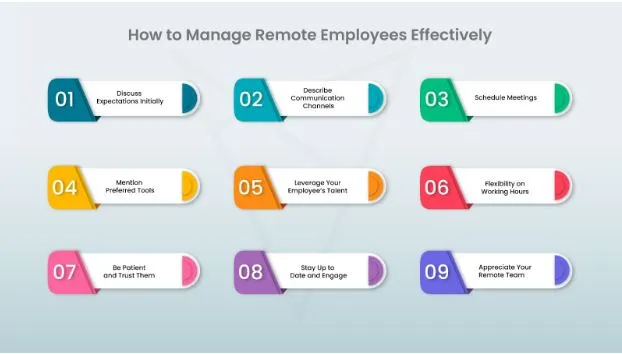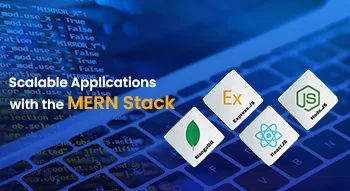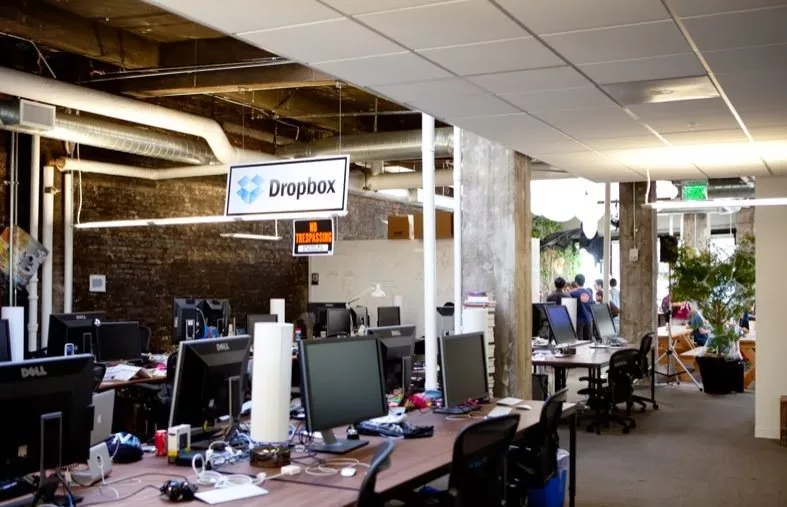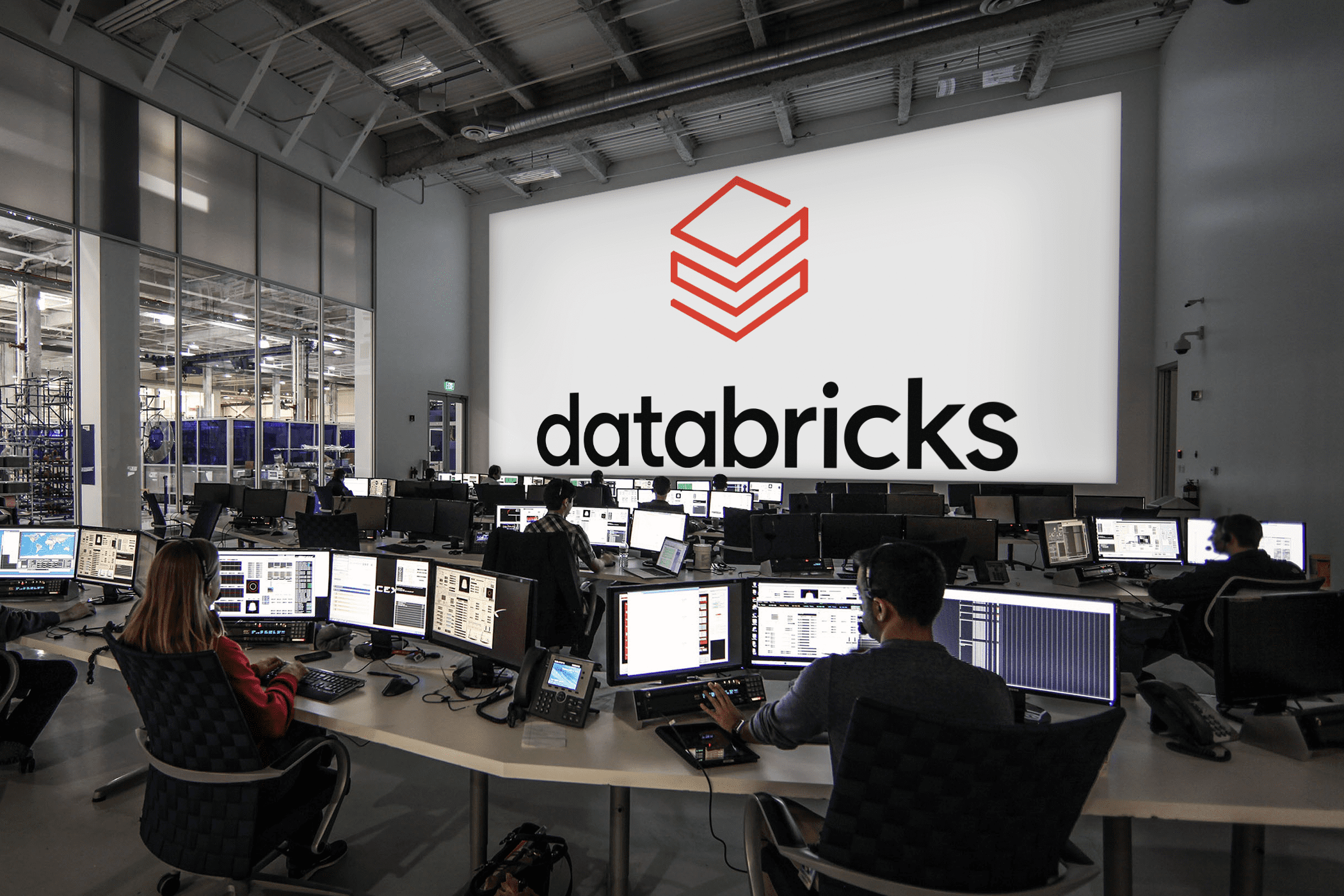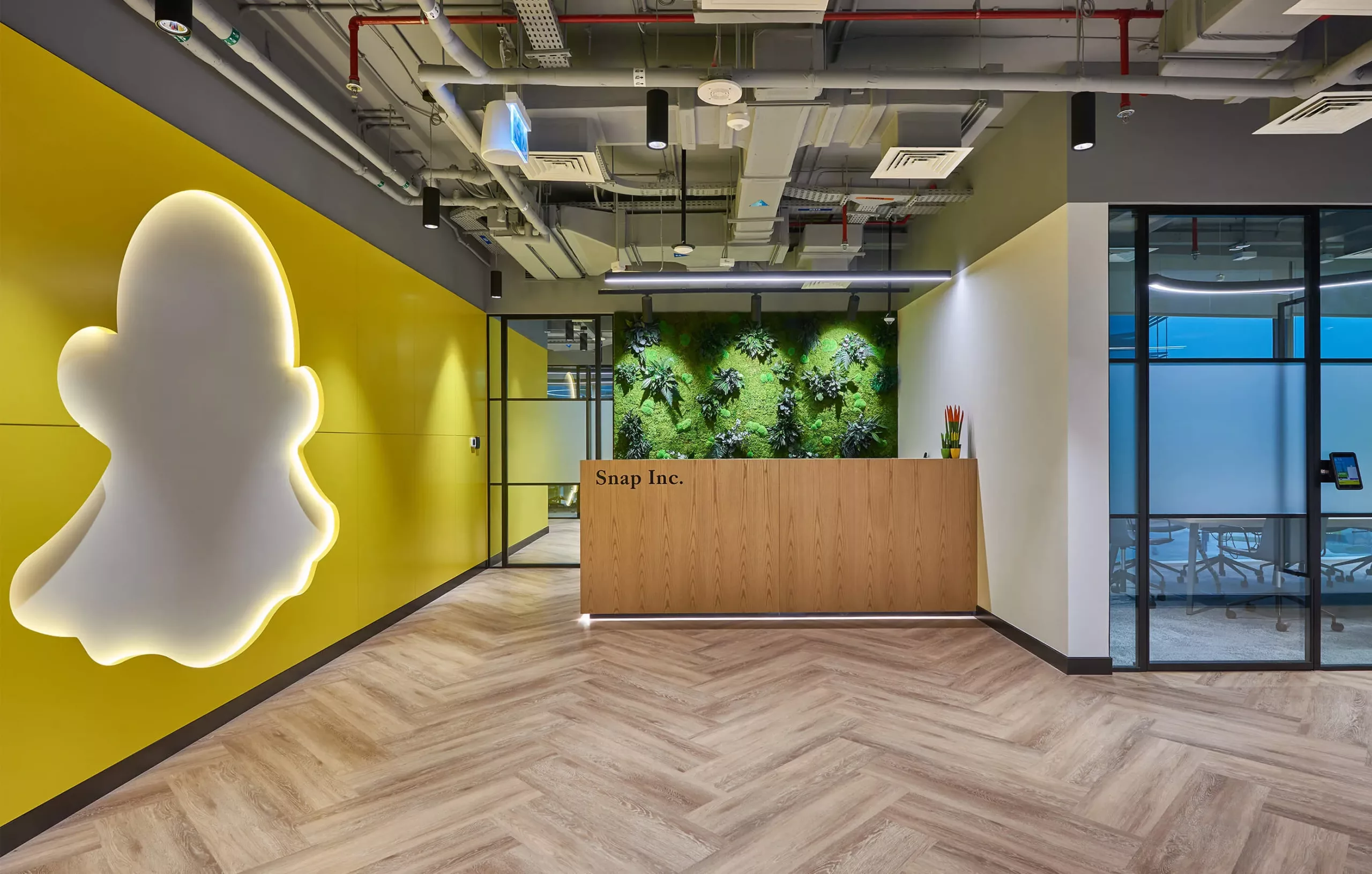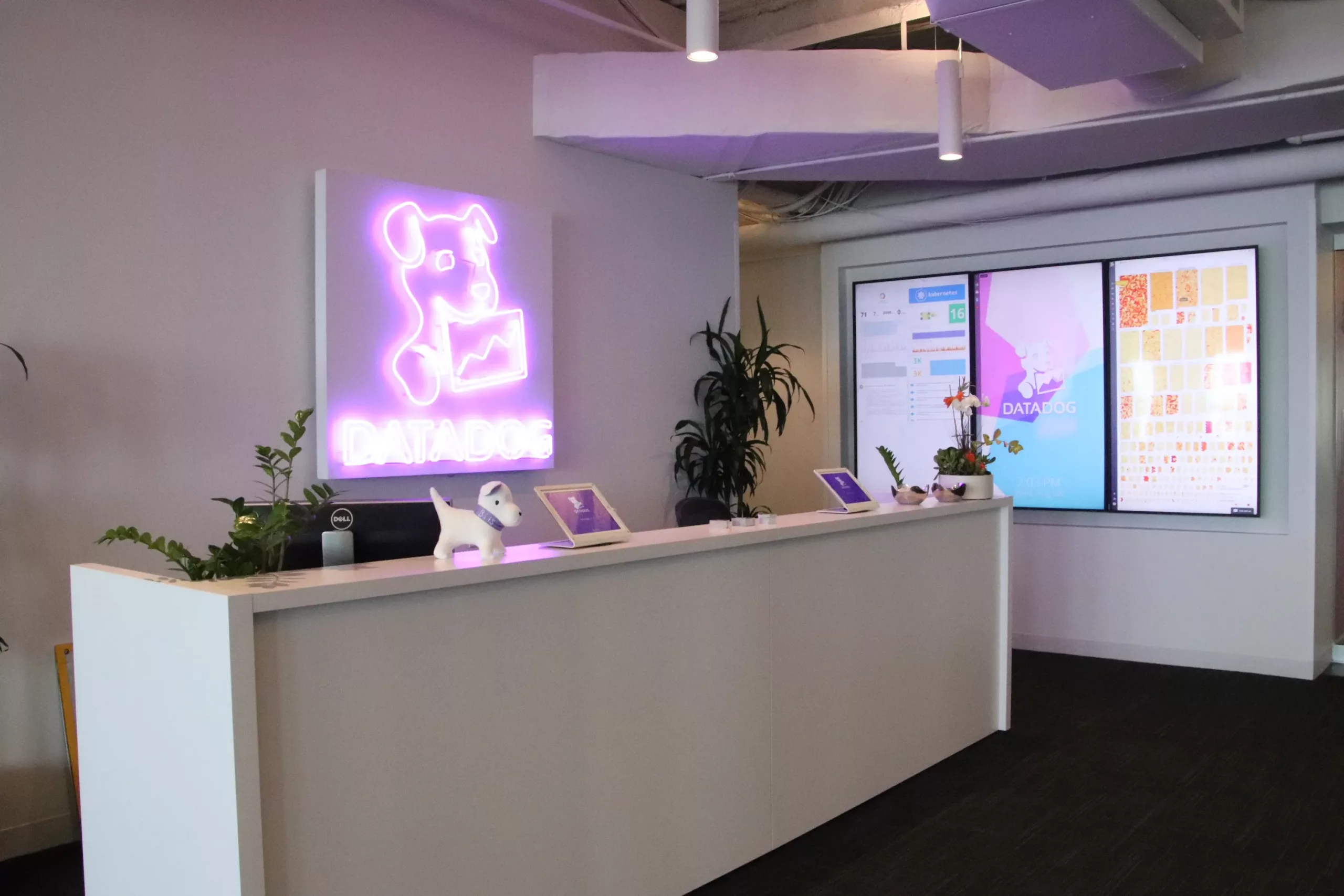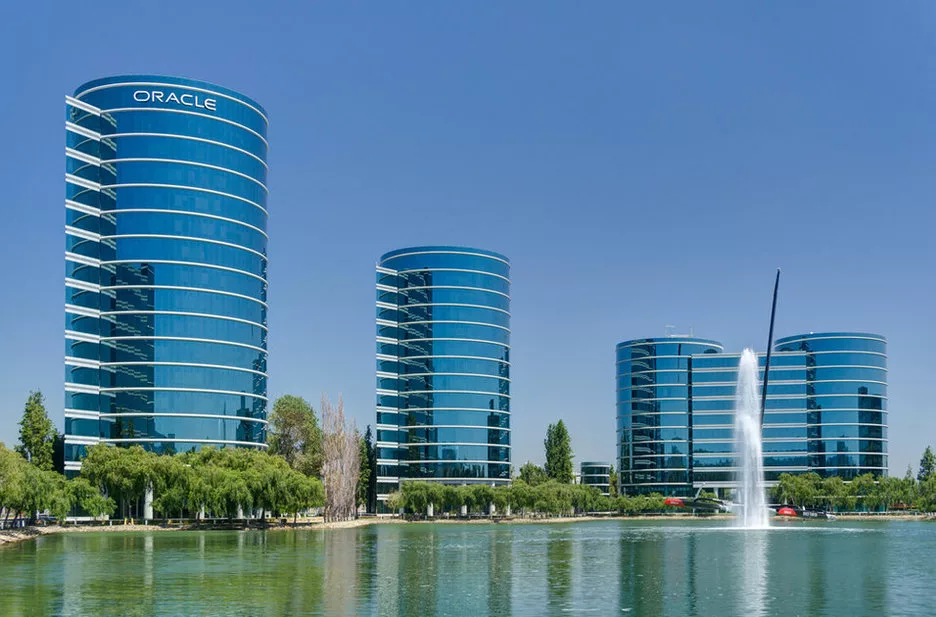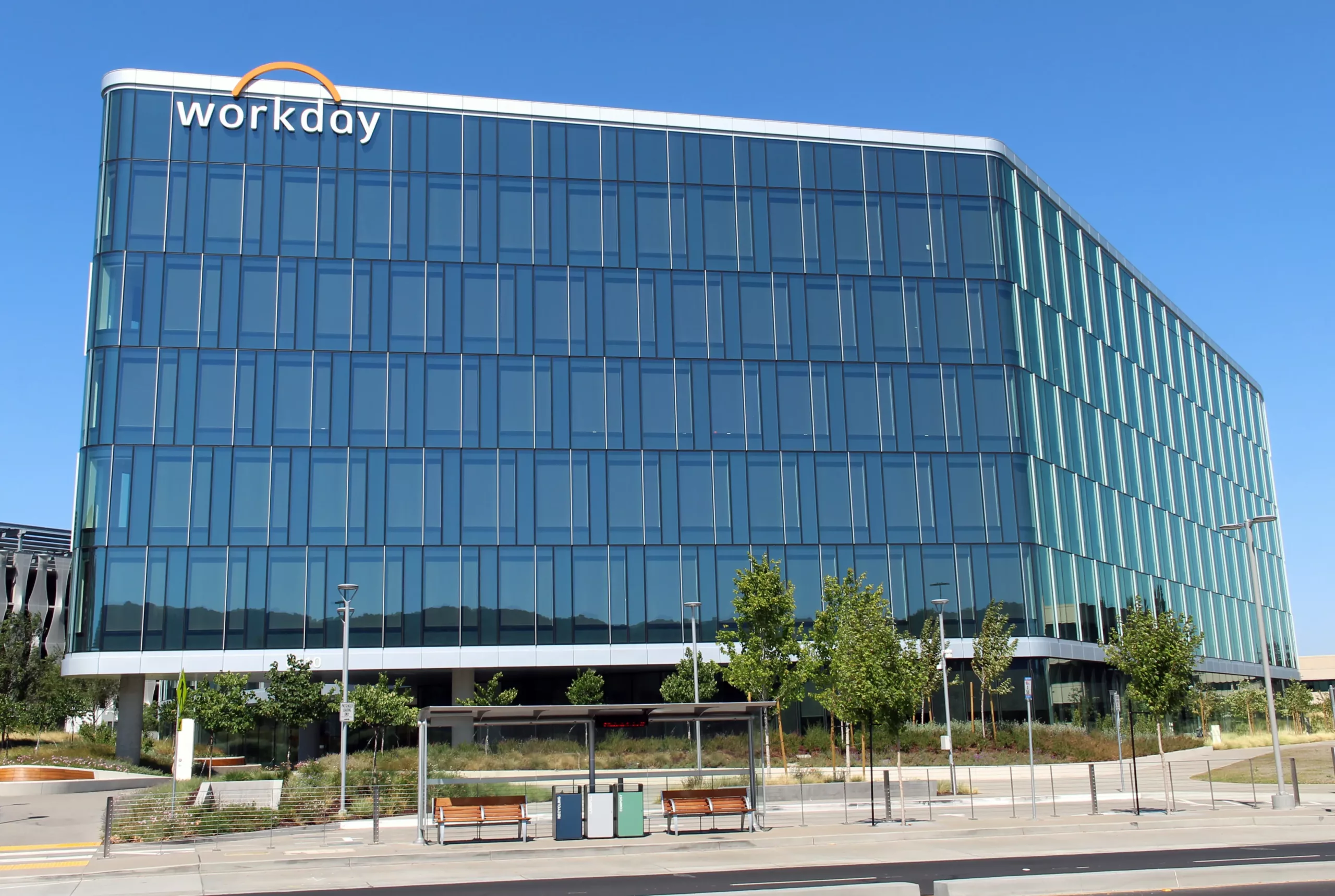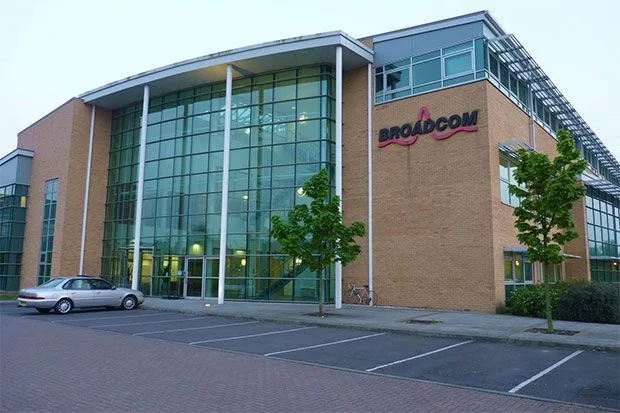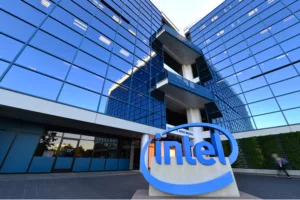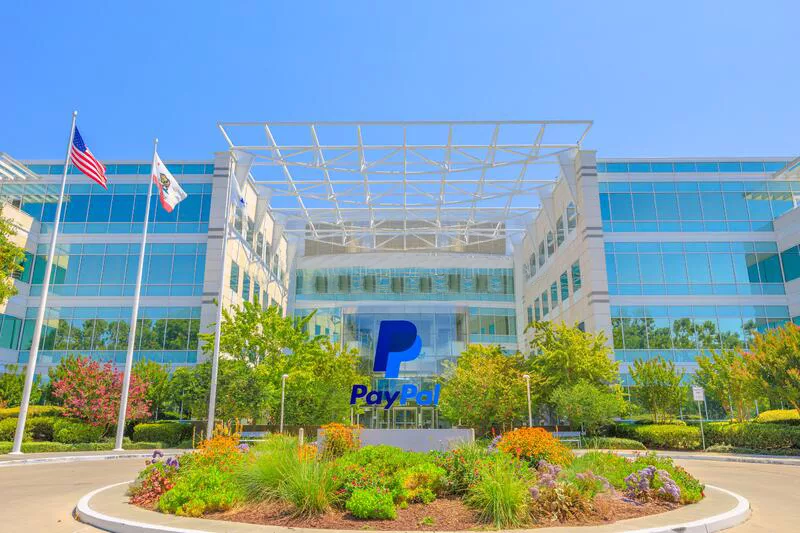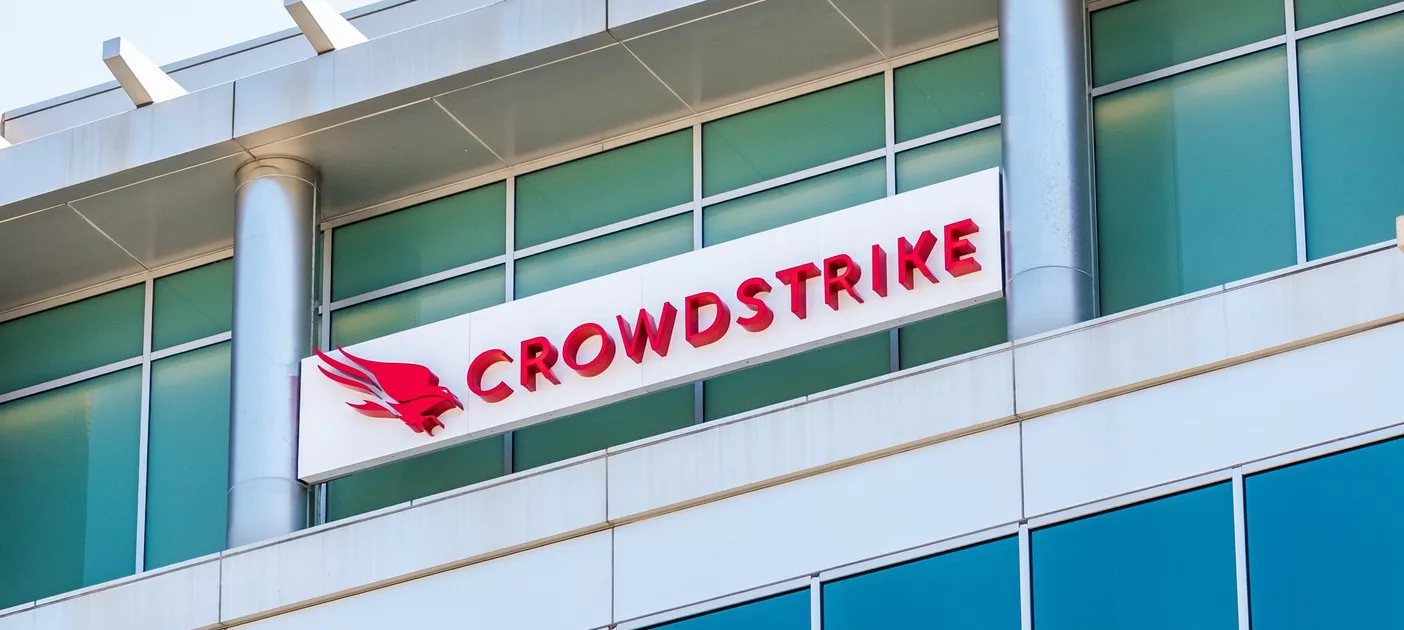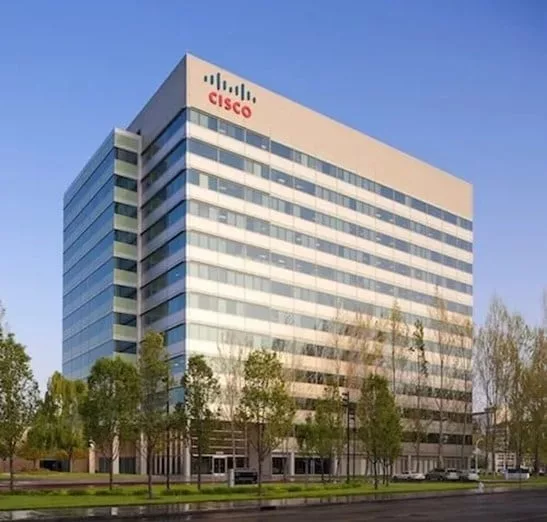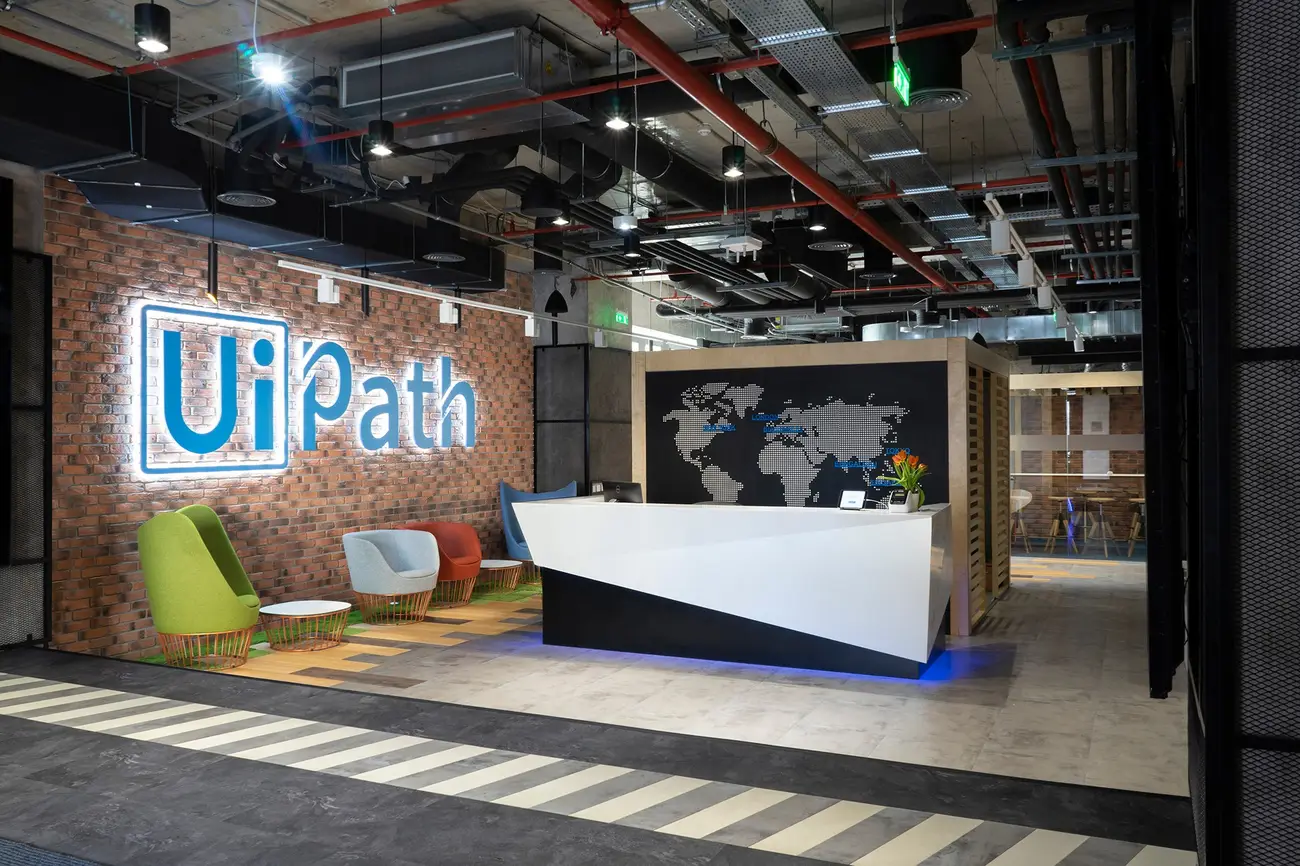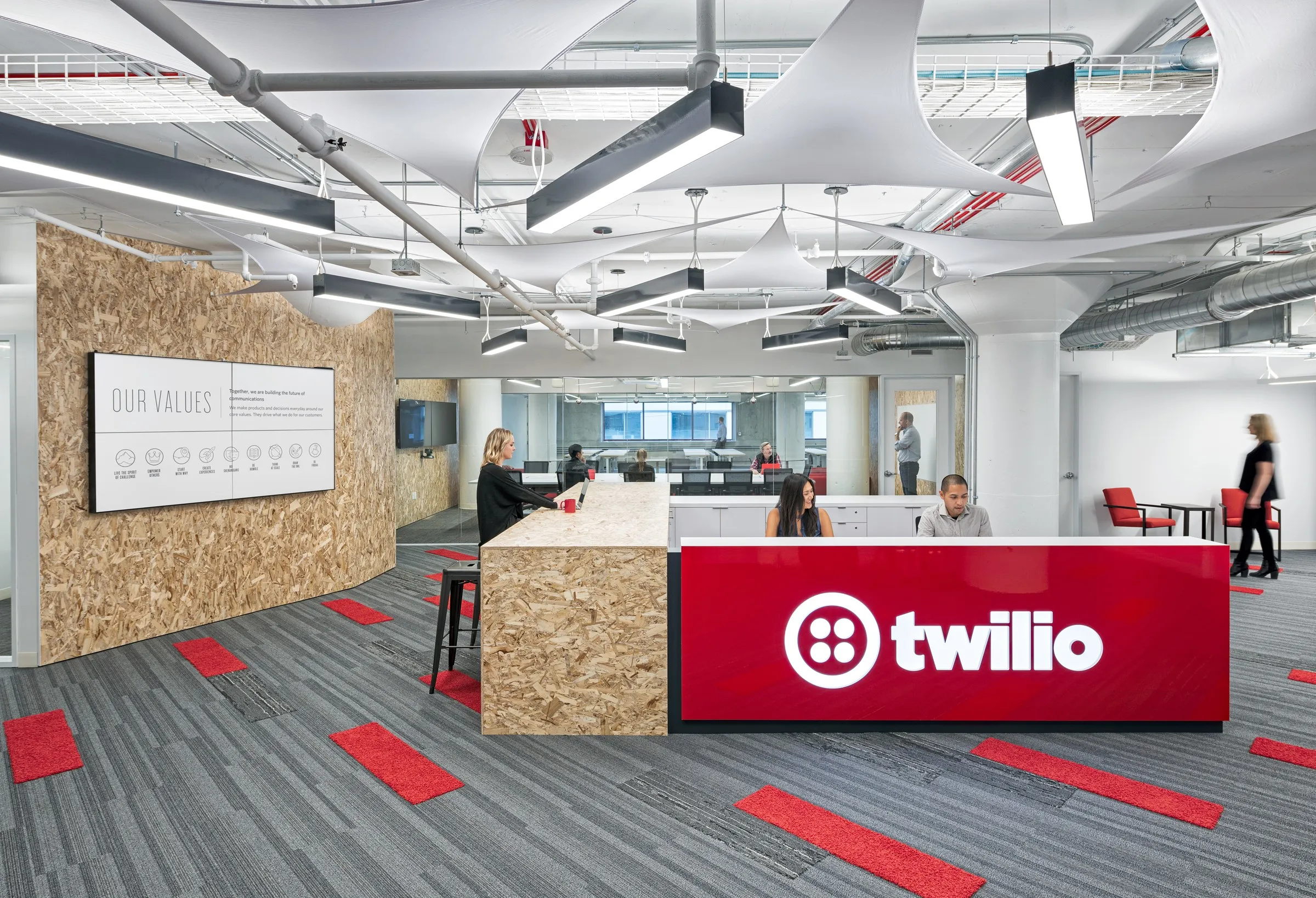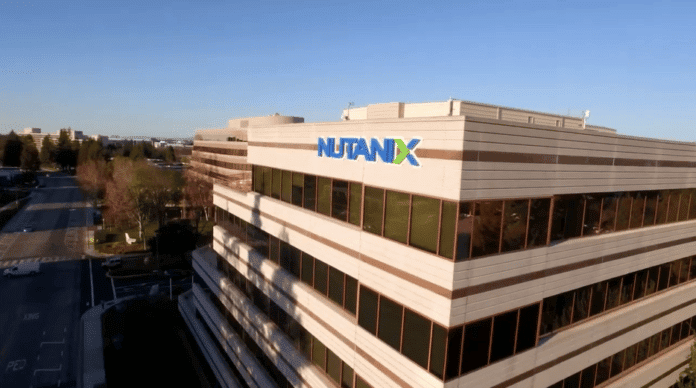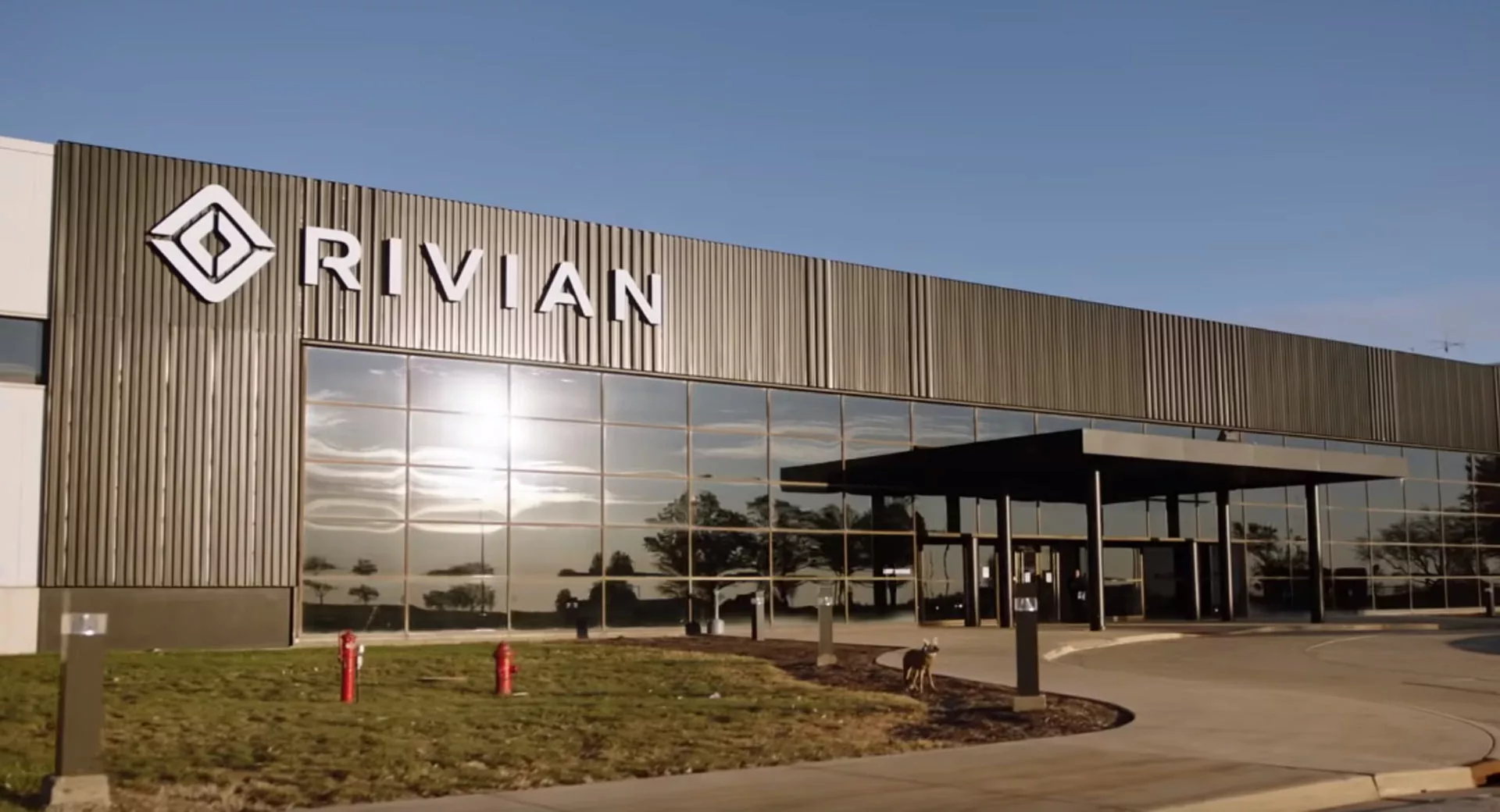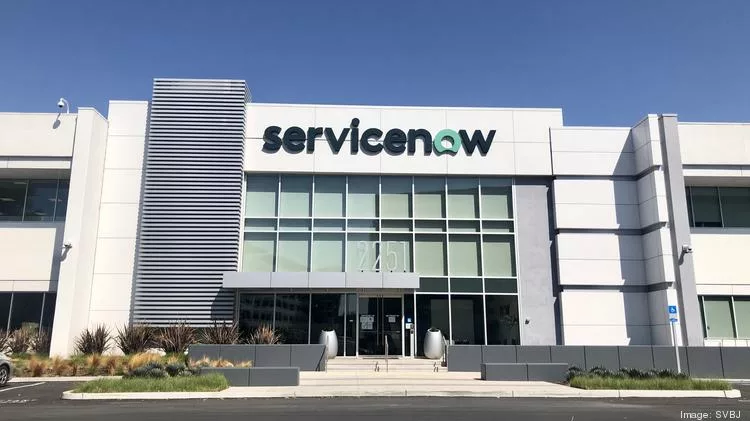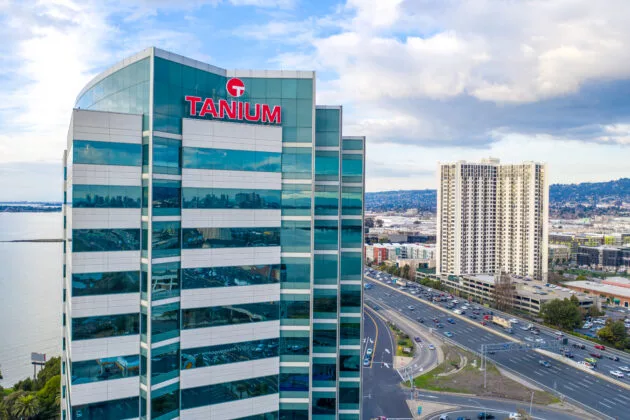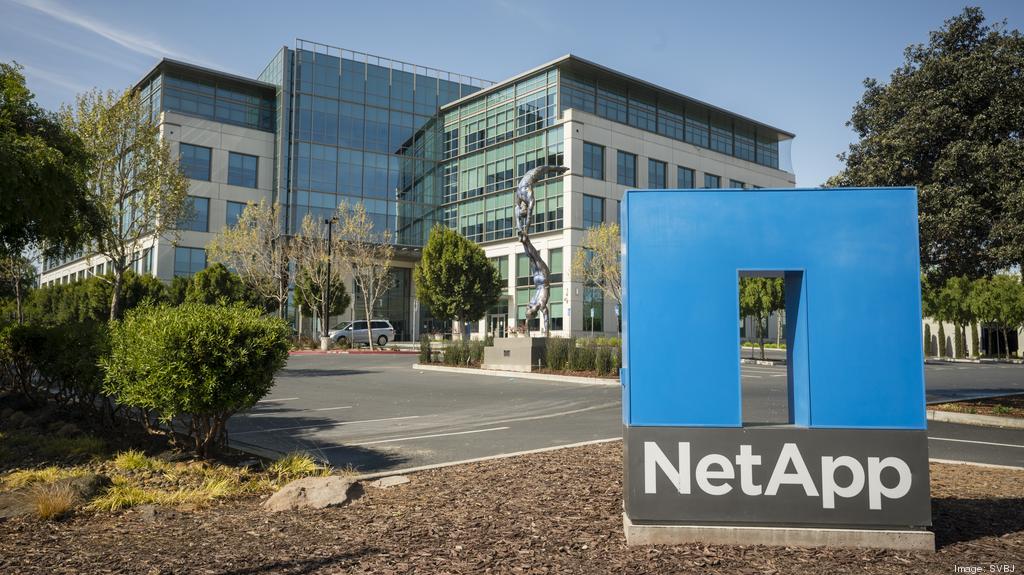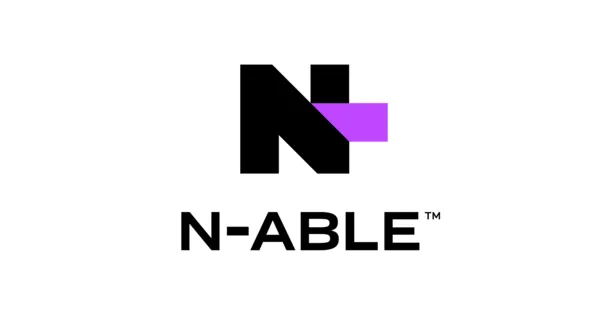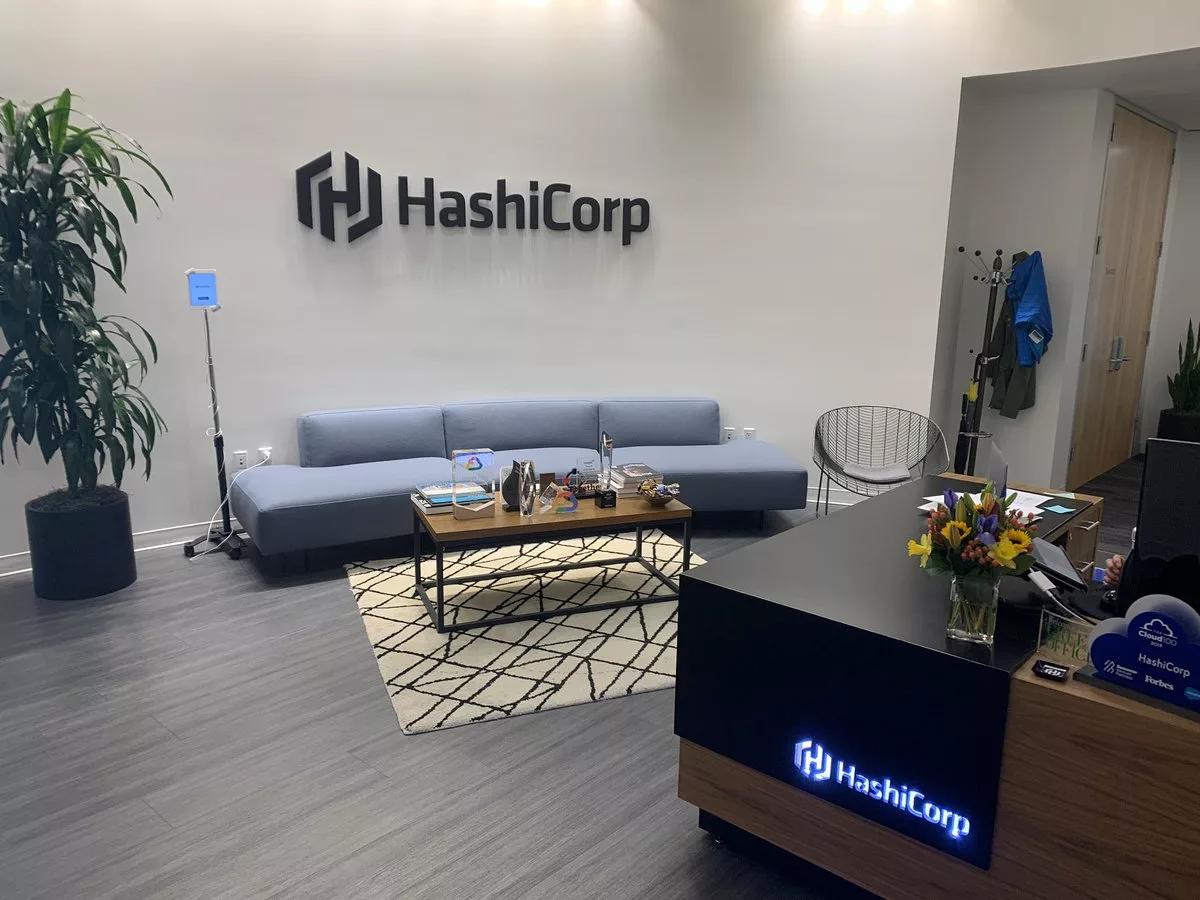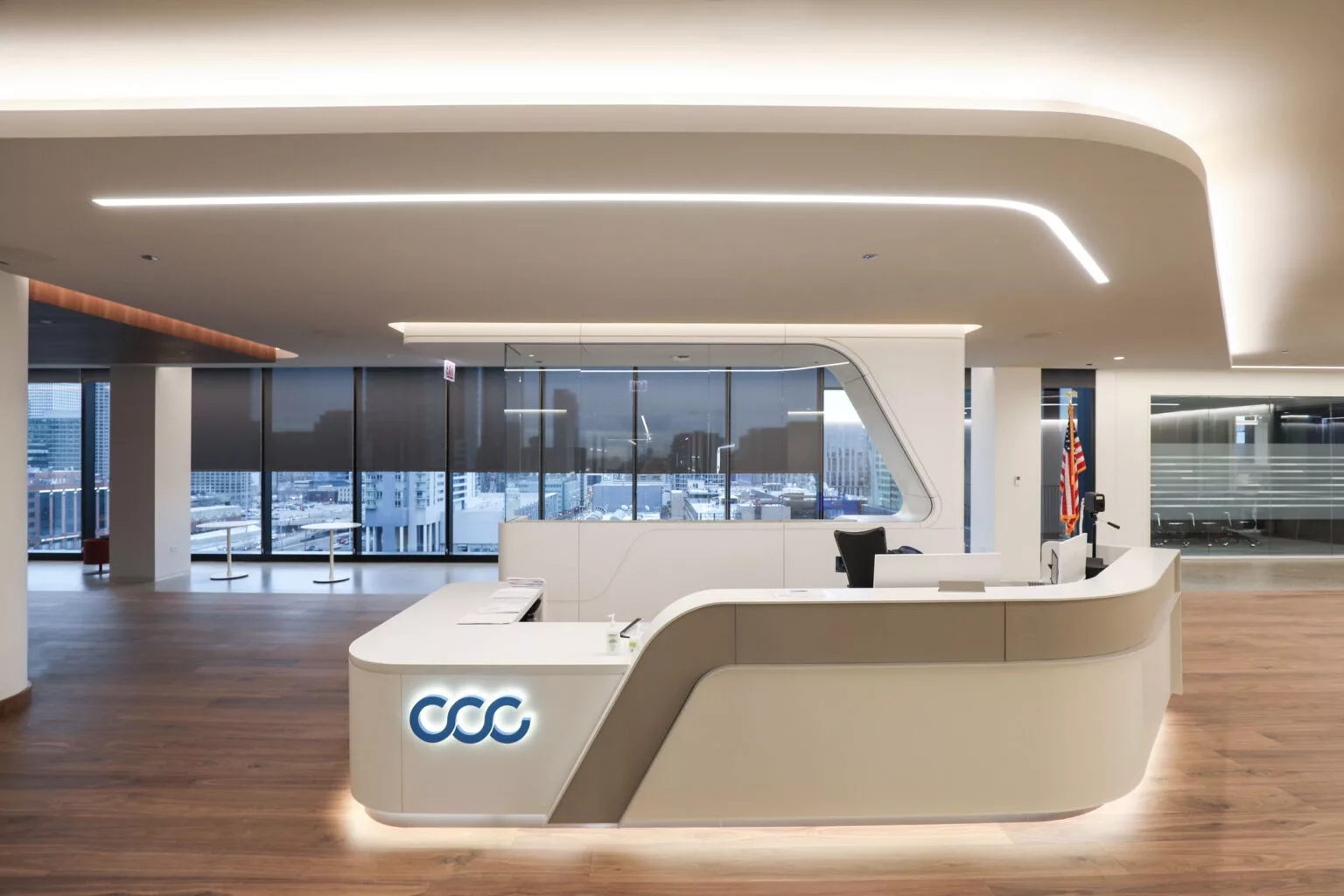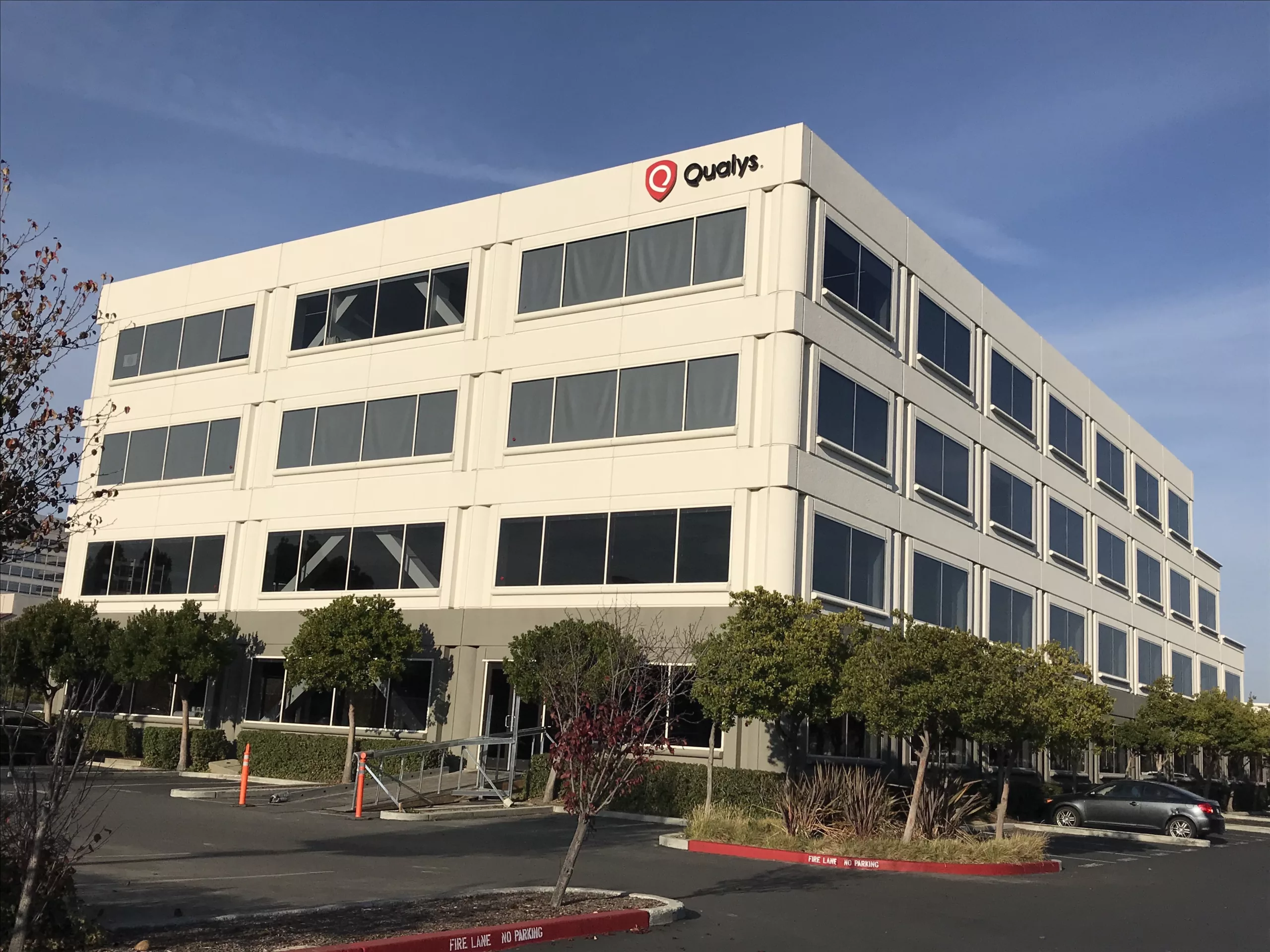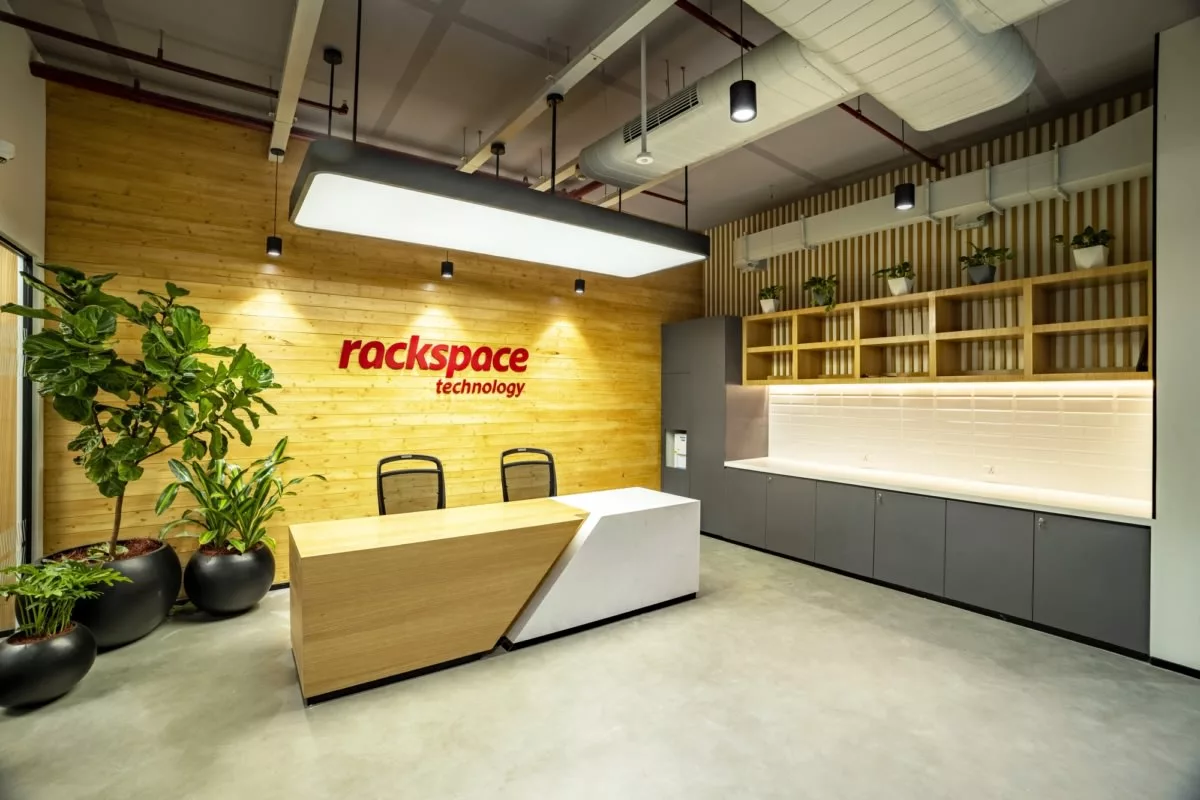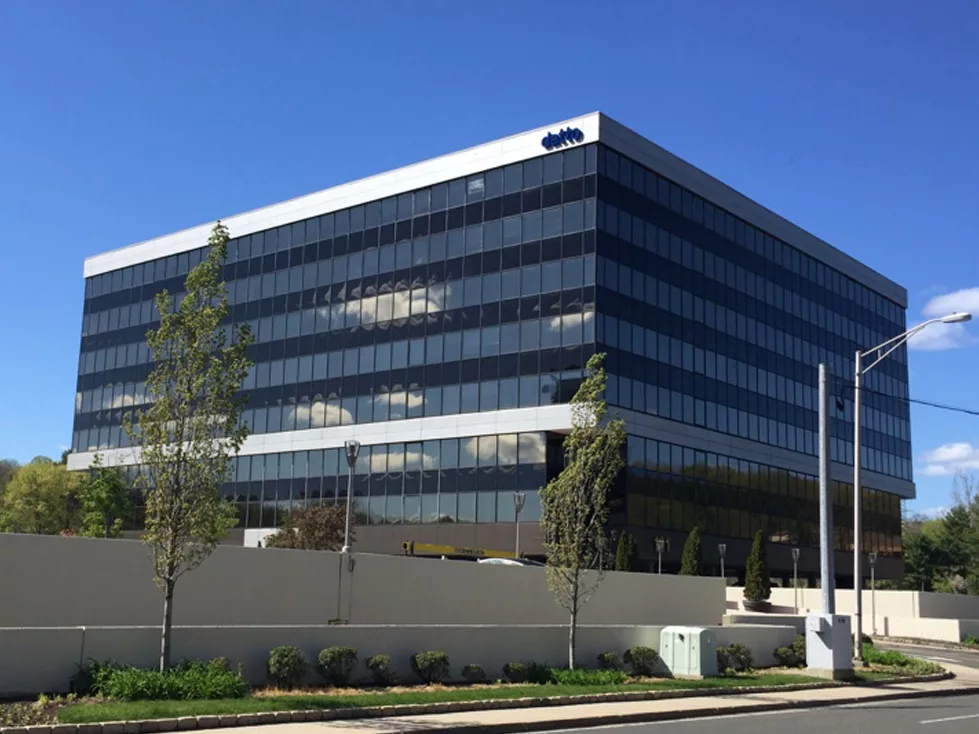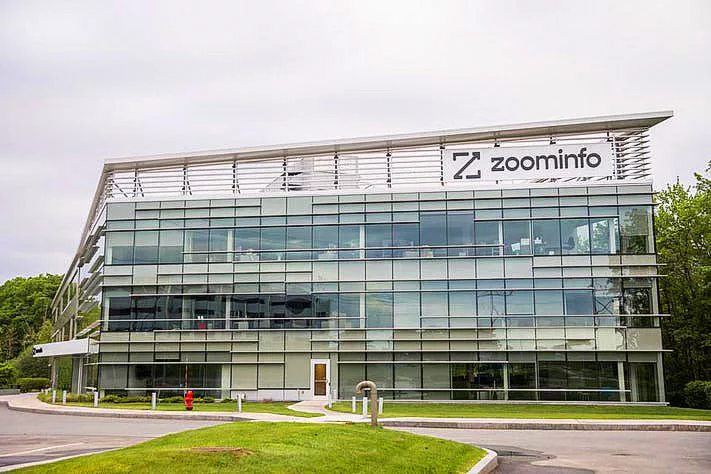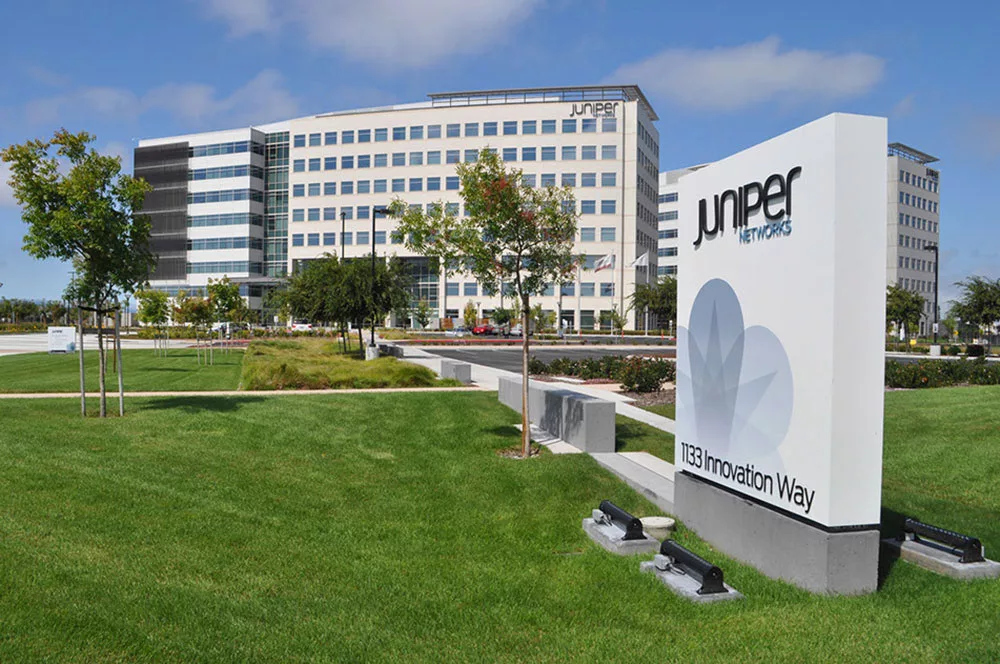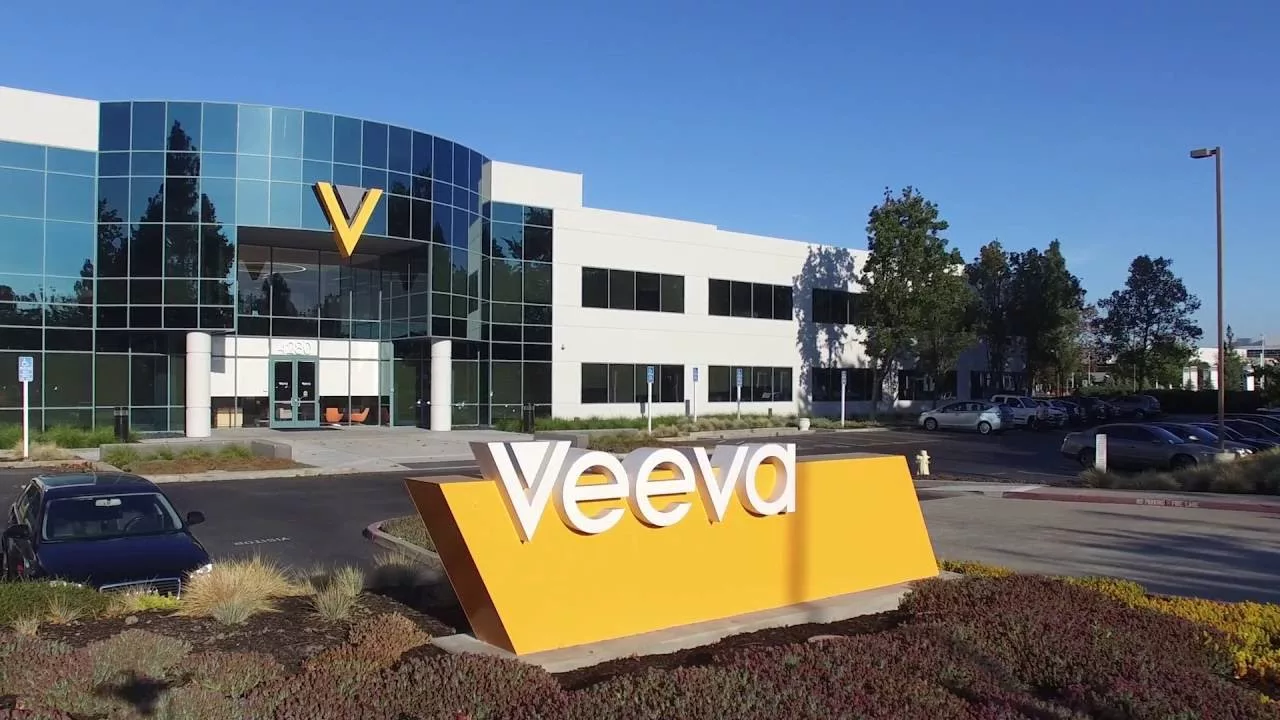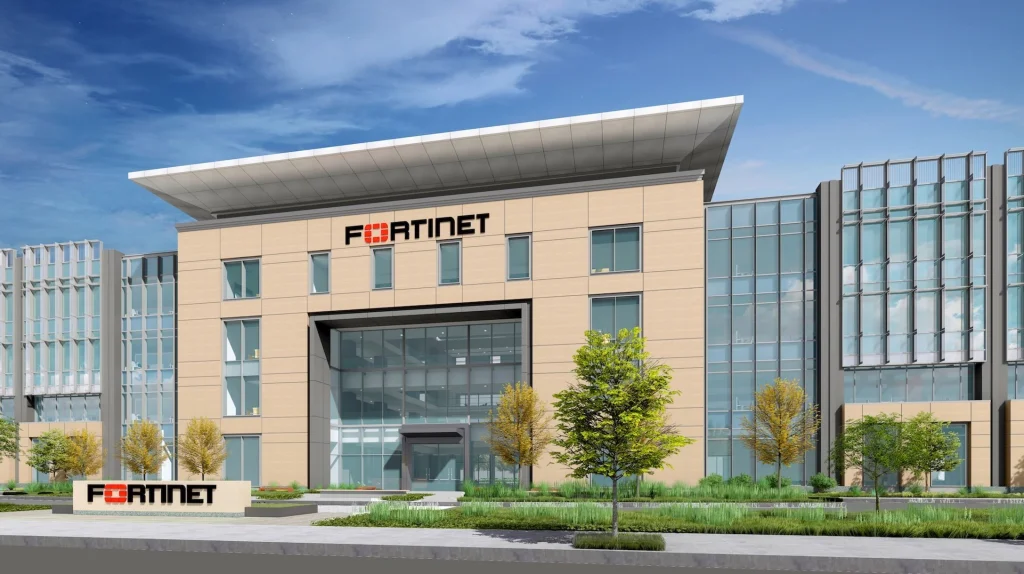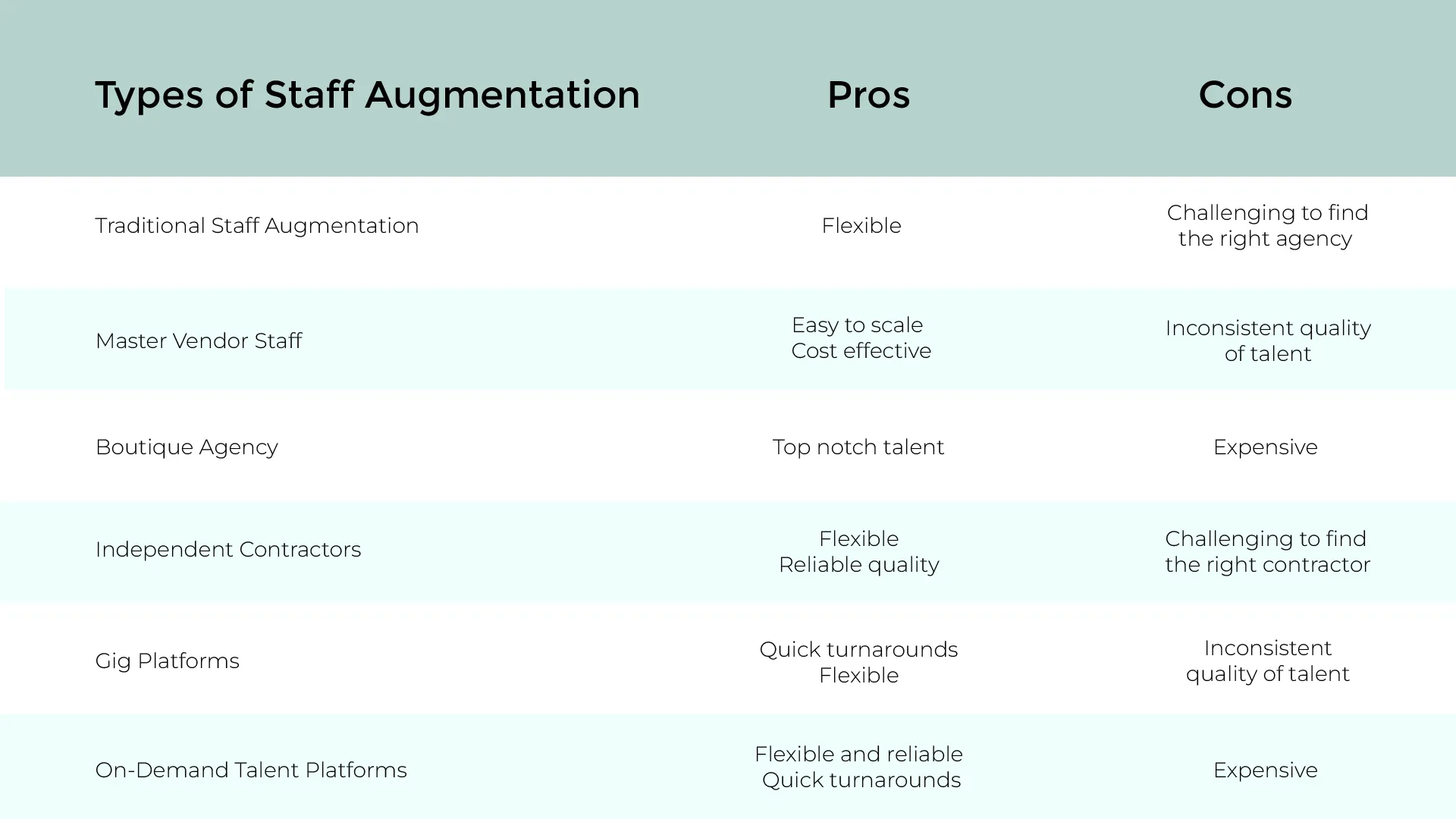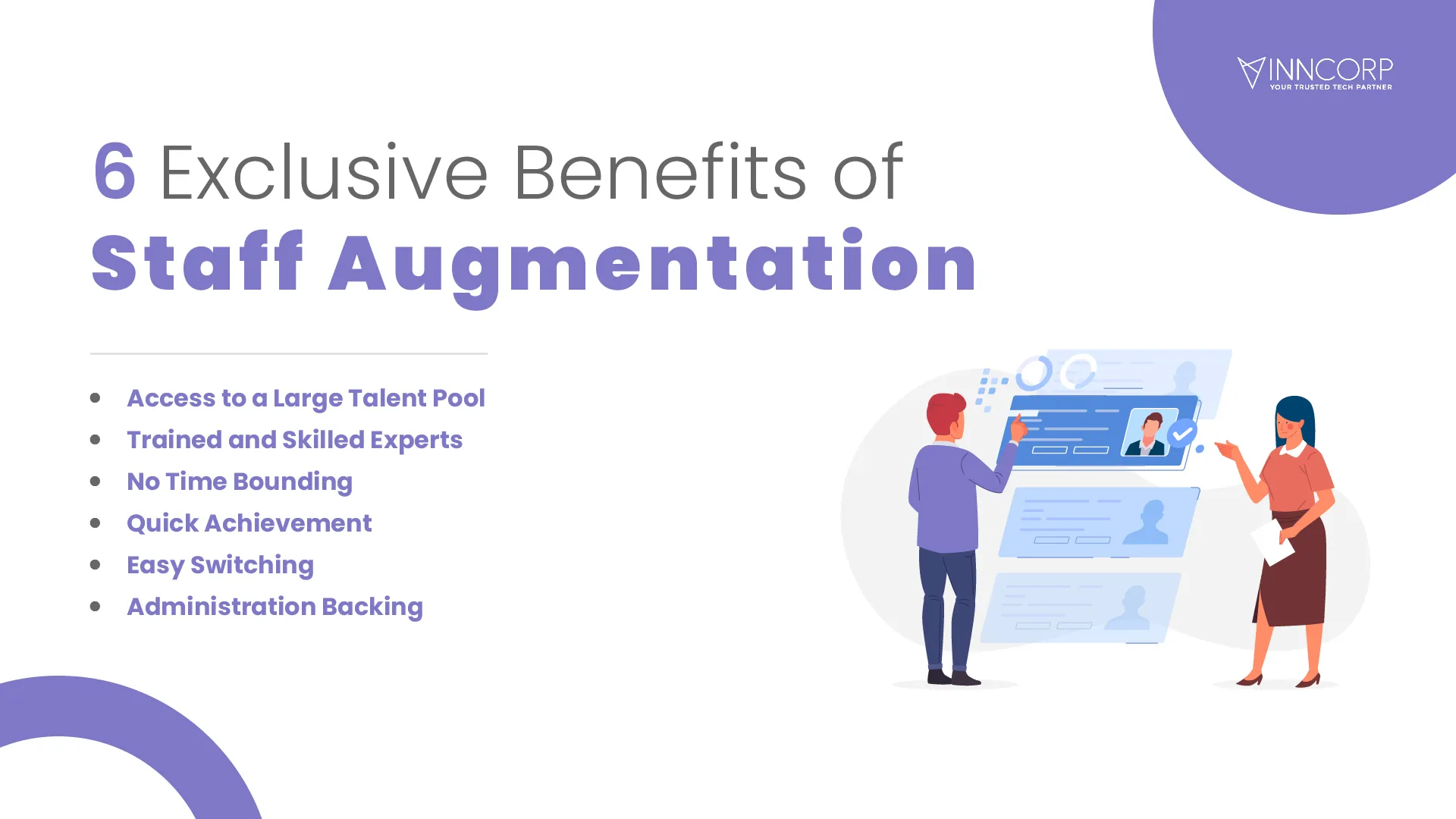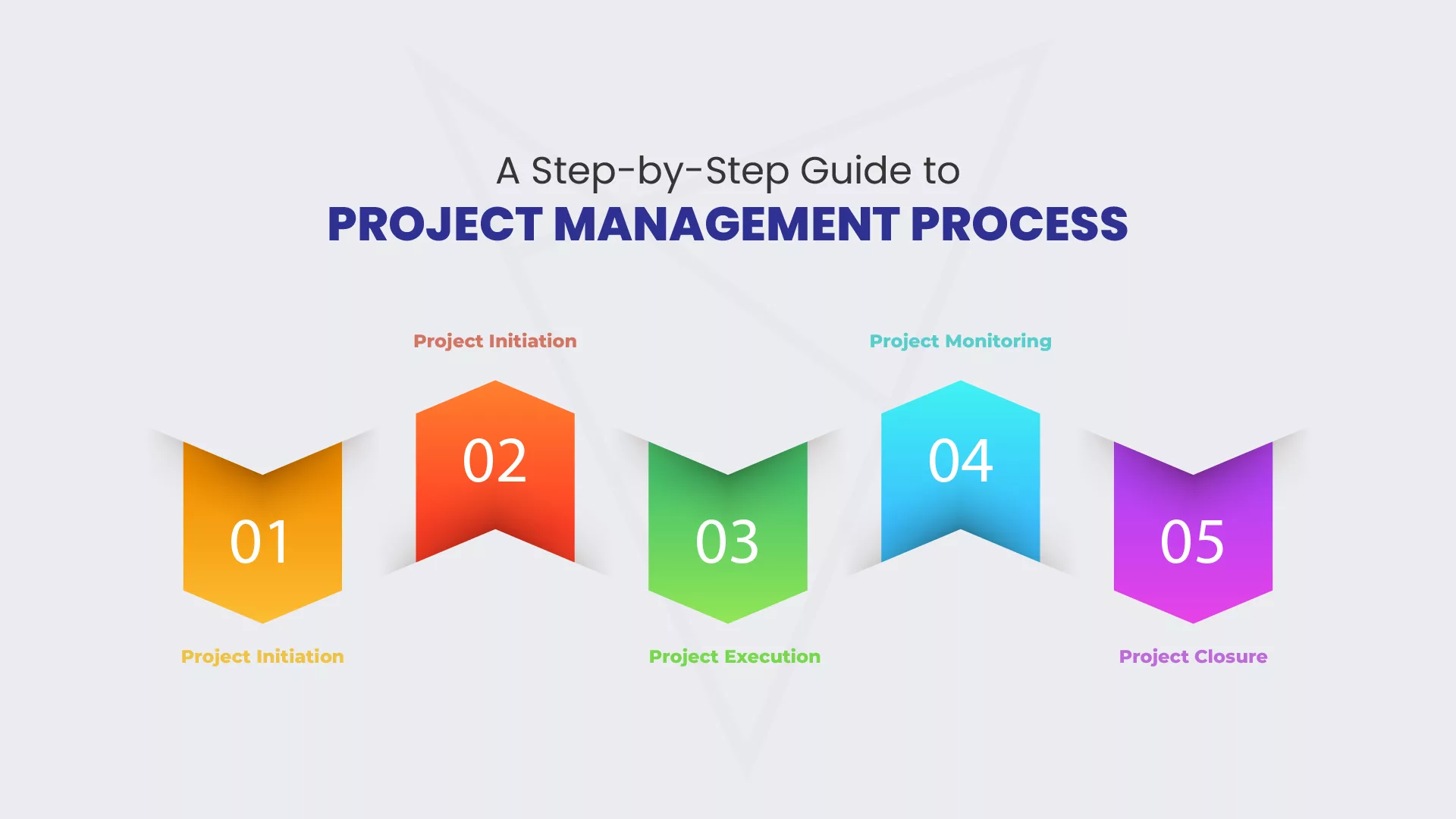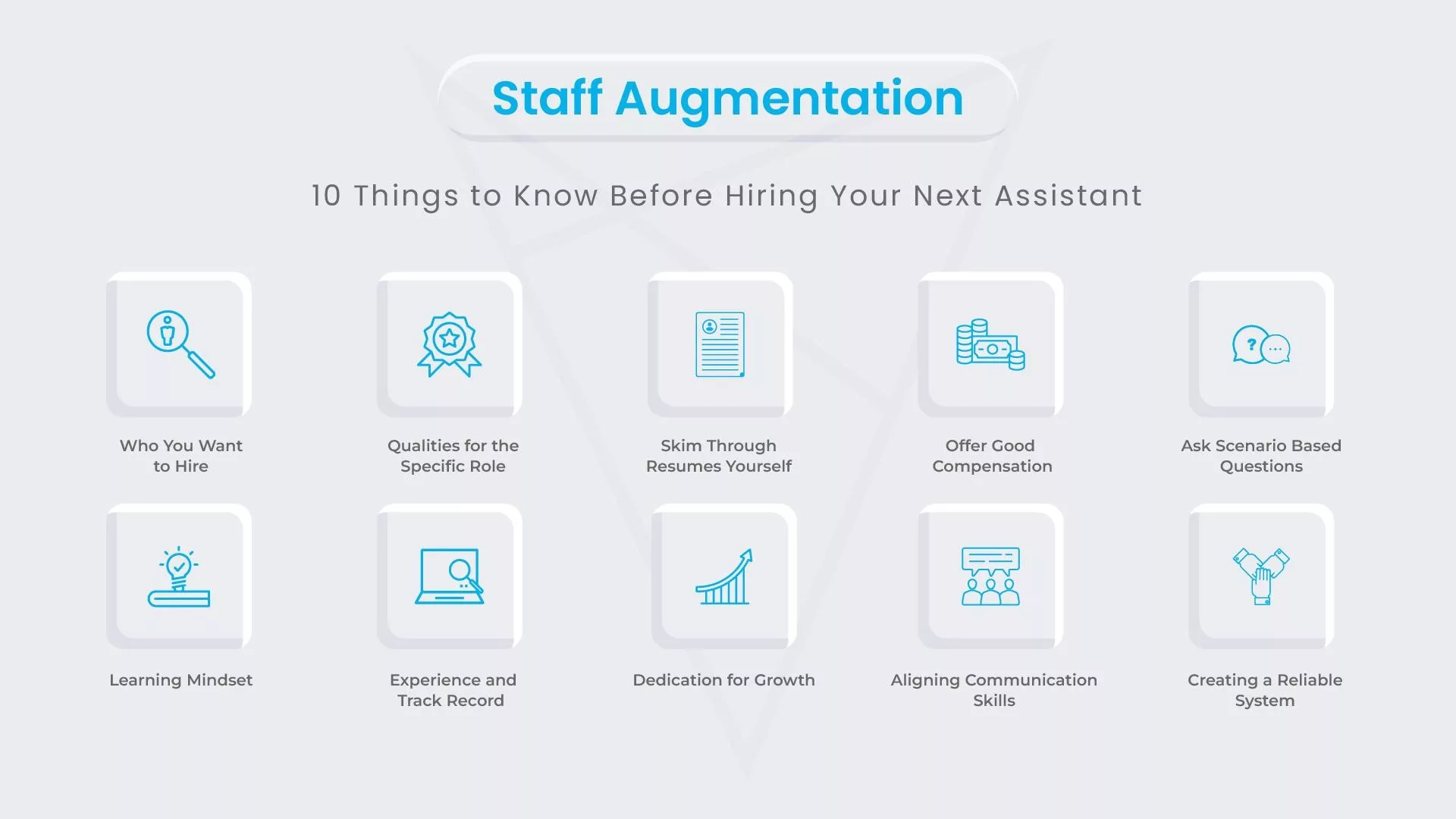A survey report shows 61% of Principal Software Engineers prefer working at a public company. While 38% of Principal Software Engineers reflect their interest in private companies, the rare 1% work at educational institutions.
Keeping in view your job preference, we have formed a list of the 100 best companies to work for a Principal Software Engineer by total comp. In this list, you will find the company type, CEO name, headquarters location, global headcount, total compensation and its breakup, Blind rating, designation, and level of every company. So, you can select and apply to one of your preferred companies.
Let’s get started with the list of the best places to work by total comp.
Methodology
The “100 best companies to work for a Principal Software Engineer” list determines the finest corporations to work for at the position of a Principal Software Engineer by total compensation.
To craft this list, our experts first sorted out companies from the publicly traded top 500 highest market cap US-based tech companies ranked at marketcap.com. Note that the focus was only on tech companies headquartered in the USA. A few exceptions are some healthcare companies with tech-heavy investments, though. ByteDance, Atlassian, and Shopify have been added as exceptions in honorable mentions as they aren’t headquartered in the USA.
After finalizing the list of good companies to work for in the USA per the above criteria, we collected Principal Software Engineer salaries from Glassdoor.com and Levels.fyi. Years of experience chosen for this purpose were 13-20 years. Although we considered it a standard experience for the designation, years of experience may vary from company to company and person to person.
We kept Google’s levels L6 and L7 and Microsoft’s levels 66 and 67 as standard to enlist the designation of Principal Software Engineers from other companies. Since Microsoft pioneered software as a business, it has a very well-defined career track for software engineers. Principal designation at Microsoft spans levels 65, 66, and 67 – but for this list, we focused on L66 and 67.
The data is current as of 09-March-2023. We have also drafted lists for junior software engineers, mid-level software engineers, and senior software engineers.
An important thing to note is that across different companies, the designation “Principal Software Engineer” refers to varying levels of experience and expectations. For example, Microsoft’s Principal Software Engineer matches the Senior Staff of VMWare and Tesla but is equivalent to Architect at Palo Alto Networks. Therefore, the list mentions the equivalent level/designation for Microsoft’s Principal Software Engineer at L66/67 and Google’s Principal Software Engineer at L6/L7.
Another quirk in this effort is that some companies have very broad pay bands, covering a vast range of experience. For example, Apple’s E5 is a very broad pay band. For these cases, we simply went with levels.fyi’s weighted average compensation numbers.
For scenarios where pay bands overlap with our benchmark of Microsoft L66/67 and Google L6/L7, we choose the higher pay band as long as it overlaps with L66/67 of Microsoft and Google L6/L7.
Another point to note is that since the source of data is the self-reported data on Levels.fyi and Glassdoor.com over a period of time, it may not fully reflect the realities of the current market correction. However, the authors believe that the list still gives a fairly accurate representation of the relative comp levels from various companies for the mentioned designation and experience levels.
While the list mentions the names of the companies, some companies have been acquired but still maintain an independent identity and payscale from their parent companies. For the purposes of this list, we have kept LinkedIn, Tinder, and VMWare as separate entities.
Besides the top 100 tech companies by total comp, we also added 10 honorable mentions for firms that are well-known but did not make the cut for the top 100 companies to work for. Let us know if you would like a company to be added to the mix.
100 Best Companies to Work for a Principal Software Engineer by Total Comp
1. LinkedIn

Founded: 2002
Company Type: Public
CEO: Ryan Roslansky
Global Headcount: 10000+
Headquarters: Sunnyvale, CA, United States
Industry: Internet & Web Services
Designation: Principal Staff Software Engineer (Level – L7)
Per Annum Total Compensation: $984,750
- Base: $317,000
- Stock: $597,500
- Bonus: $70,250
Blind Rating: 4.2
2. Facebook

Founded: 2004
Company Type: Public
CEO: Mark Zuckerberg
Global Headcount: 10000+
Headquarters: Menlo Park, CA, US
Industry: Internet & Web Services
Designation: Staff Software Engineer (Level – E7)
Per Annum Total Compensation: $960,006
- Base: $306,906
- Stock: $607,500
- Bonus: $45,600
Blind Rating: 4.0
3.Dropbox

Founded: 2007
Company Type: Public
CEO: Drew Houston
Global Headcount: 1001 to 5000
Headquarters: San Francisco, CA, US
Industry: Computer Hardware Development
Designation: Principal Engineer (Level – IC6)
Per Annum Total Compensation: $937,000
- Base: $246,557
- Stock: $309,410
- Bonus: $63,525
Blind Rating: 3.7
4. Uber

Founded:2009
Company Type: Public
CEO: Dara Khosrowshahi
Global Headcount: 10000+
Headquarters: San Francisco, CA
Industry: Internet & Web Services
Designation: Senior Staff Software Engineer (Level – 6)
Per Annum Total Compensation: $868,434
- Base: $268,688
- Stock: $541,813
- Bonus: $57,933
Blind Rating: 3.7
5. Lyft

Founded: 2012
Company Type: Public
CEO: Logan Green
Global Headcount: 5001 to 10000
Headquarters: San Francisco, California, United States
Industry: Computer Hardware Development
Designation: Senior Staff Engineer (Level – T7)
Per Annum Total Compensation: $847,500
- Base: $243,667
- Stock: $603,000
- Bonus: $833
Blind Rating: 3.7
6. Coinbase

Founded: 2012
Company Type: Public
CEO: Brian Armstrong
Global Headcount: 10000+
Headquarters: San Francisco, CA, US
Industry: Internet & Web Services
Designation: Senior Staff Software Engineer (Level – IC7)
Per Annum Total Compensation: $811,494
- Base: $261,256
- Stock:$522,889
- Bonus:$27,349
Blind Rating: 3.8
7. Splunk

Founded: 2003
Company Type: Public
CEO: Gary Steele
Global Headcount: 5001 to 10000
Headquarters: San Francisco, CA, US
Industry: Enterprise Software & Network Solutions
Designation: Senior Principal SWE (Level – P6)
Per Annum Total Compensation: $788,584
- Base: $279,667
- Stock: $441,667
- Bonus: $67,250
Blind Rating: 3.7
8. Instacart

Founded: 2012
Company Type: Private
CEO: Fidji Simo
Global Headcount: 1001 to 5000
Headquarters: San Francisco, California, United States
Industry: Internet & Web Services
Designation: Senior Staff Engineer (Level – L8)
Per Annum Total Compensation: $725,000
- Base: $225,000
- Stock: $500,000
- Bonus: $0
Blind Rating: 3.8
9. Netflix

Founded: 1997
Company Type: Public
CEO: Ted Sarandos and Reed Hastings
Global Headcount: 11,300
Headquarters: Los Gatos, CA, United States
Industry: Internet & Web Services
Designation: Staff Engineer (Level – E6)
Per Annum Total Compensation: $711,923
- Base: $711,923
- Stock: $0
- Bonus: $0
Blind Rating: 4.2
10. Twitter

Founded: 2006
Company Type: Public
CEO: Parag Agrawal
Global Headcount: 7,500
Headquarters : San Francisco, California, United States
Industry: Internet & Web Services
Designation: Senior Staff SWE
Per Annum Total Compensation: $700,900
- Base: $271,700
- Stock: $379,000
- Bonus: $50,200
Blind Rating: 3.9
11. Stripe

Founded: 2010
Company Type: Private
CEO: Patrick Collison
Global Headcount: 1001 to 5000
Headquarters : South San Francisco, California, United States
Industry: Internet & web services
Designation: Staff Engineer (Level – L4)
Per Annum Total Compensation: $700,618
- Base: $266,156
- Stock: $386,078
- Bonus: $48,384
Blind Rating: 3.8
12. Databricks

Founded: 2013
Company Type: Public
CEO: Ali Ghodsi
Global Headcount: 1001 to 5000
Headquarters: San Francisco, CA, United States
Industry: Computer Hardware Development
Designation: Senior Staff Engineer (Level – L7)
Per Annum Total Compensation: $700,000
- Base: $200,000
- Stock: $450,000
- Bonus: $50,000
Blind Rating: 4.1
13. Snapchat

Founded: 2011
Company Type: Public
CEO: Evan Spiegel
Global Headcount: 6,446
Headquarters: Santa Monica, CA, US
Industry: Software Development
Designation: (Level – L6)
Per Annum Total Compensation: $679,481
- Base: $272,077
- Stock: $378,692
- Bonus: $28,712
Blind Rating: 4.1
14. Airbnb

Founded: 2008
Company Type: Public
CEO: Brian Chesky
Global Headcount: 5001 to 10000
Headquarters: San Francisco, CA, US
Industry: Internet & Web Services
Designation: Senior Staff Software Engineer (Level – G11)
Per Annum Total Compensation: $656,140
- Base: $266,800
- Stock: $333,000
- Bonus: $56,340
Blind Rating: 3.7
15. Datadog

Founded: 2010
Company Type:Public
CEO: Olivier Pomel
Global Headcount:
Headquarters: New York, NY
Industry: Enterprise Software & Network Solutions
Designation : Staff Software Engineer
Per Annum Total Compensation: $650,000
- Base: $250,000
- Stock: $400,000
- Bonus: $0
Blind Rating: 4.1
16. Oracle

Founded: 1977
Company Type: Public
CEO: Larry Ellison
Global Headcount: 10000+
Headquarters: Austin, Texas, US
Industry: Enterprise Software & Network Solutions
Designation: Principal MTS (Level – IC-4)
Per Annum Total Compensation: $649,600
- Base: $261,867
- Stock: $375,000
- Bonus: $12,733
Blind Rating: 3.3
17. Pinterest

Founded: 2010
Company Type: Public
CEO: Bill Ready
Global Headcount: 1001 to 5000
Headquarters: San Francisco, CA, US
Industry: Internet & Web Services
Designation:(Level – L6)
Per Annum Total Compensation: $631,520
- Base: $255,683
- Stock: $365,420
- Bonus: $10,417
Blind Rating: 3.9
18. Roblox

Founded: 2004
Company Type: Public
CEO: David Baszucki
Global Headcount: 1001 to 5000
Headquarters: San Mateo, California, United States
Industry: Internet & web services
Designation: Principal Software Engineer (Level – IC5)
Per Annum Total Compensation: $625,094
- Base: $308,750
- Stock: $316,344
- Bonus: $0
Blind Rating: 4.2
19. Google

Founded: 1998
Company Type: Public
CEO: Sundar Pichai
Global Headcount: 10000+
Headquarters: Mountain View, CA, US
Industry: Internet & Web Services
Designation: Staff SWE (Level – L6)
Per Annum Total Compensation: $623,369
- Base: $279,900
- Stock: $262,500
- Bonus: $80,969
Blind Rating: 4.3
20. Square Inc.

Founded: 2009
Company Type: Subsidiary or Business Segment
CEO: Jack Dorsey
Global Headcount: N/A
Headquarters: San Francisco, CA
Industry: Internet & Web Services
Designation: (Level 7)
Per Annum Total Compensation: $614,974
- Base: $254,578
- Stock: $355,257
- Bonus: $5,139
Blind Rating: 4.2
21. Amazon

Founded: 1994
Company Type: Public
CEO: Andy Jassy
Global Headcount: 10000+
Headquarters: Seattle, WA
Industry: Internet & Web Services
Designation: Principal SDE (Level – L7)
Per Annum Total Compensation: $605,992
- Base: $242,003
- Stock: $323,407
- Bonus: $40,582
Blind Rating: 3.1
22. Workday Inc.

Founded: 2005
Company Type : Public
CEO: Aneel Bhusri
Global Headcount: 10000+
Headquarters: Pleasanton, CA
Industry: Enterprise Software & Network Solutions
Designation: Senior Principal SWE (Level – P6)
Per Annum Total Compensation: $588,700
- Base: $241,125
- Stock: $334,375
- Bonus: $13,200
Blind Rating: 4.0
23. Snowflake Inc.

Founded: 2012
Company Type: Public
CEO: Frank Slootman
Global Headcount: 1001 to 5000
Headquarters: Bozeman, MT
Industry: Enterprise Software & Network Solutions
Designation: Senior Software Engineer II (Level – IC4)
Per Annum Total Compensation: $574,137
- Base: $249,273
- Stock: $290,955
- Bonus: $33,909
Blind Rating: 4.3
24. VMWare

Founded: 1998
Company Type: Public
CEO: Rangarajan Raghuram
Global Headcount: 10000+
Headquarters: Palo Alto, CA
Industry: Enterprise Software & Network Solutions
Designation: Senior Staff Engineer
Per Annum Total Compensation: $565,819
- Base: $282,273
- Stock: $220,455
- Bonus: $63,091
Blind Rating: 3.7
25. MongoDB, Inc

Founded: 2007
Company Type: Public
CEO: Dev Ittycheria
Global Headcount: 1001 to 5000
Headquarters: New York, NY
Industry: Enterprise Software & Network Solutions
Designation: Staff Software Engineer
Per Annum Total Compensation: $561,250
- Base: $226,250
- Stock: $335,000
- Bonus: $0
Blind Rating: 4.3
26. Asana

Founded: 2008
Company Type: Public
CEO: Dustin Moskovitz
Global Headcount: 1001 to 5000
Headquarters: San Francisco, CA
Industry: Enterprise Software & Network Solutions
Designation: (Level – L6)
Per Annum Total Compensation: $540,000
- Base: $262,000
- Stock: $278,000
- Bonus: $0
Blind Rating: 4.4
27. Broadcom

Founded: 1991
Company Type: Public
CEO: Hock E. Tan
Global Headcount: 10000+
Headquarters: San Jose, CA
Industry: Electronics Manufacturing
Designation: Distinguished Engineer (Level – ICB 7)
Per Annum Total Compensation: $538,800
- Base: $208,000
- Stock: $250,000
- Bonus: $80,800
Blind Rating: 3.1
28. Intel

Founded: 1968
Company Type: Public
CEO: Patrick P. Gelsinger
Global Headcount: 10000+
Headquarters: Santa Clara, CA
Industry: Computer Hardware Development
Designation: Principal Engineer (Level – Grade 11)
Per Annum Total Compensation: $538,750
- Base: $280,000
- Stock: $139,500
- Bonus: $119,250
Blind Rating: 3.5
29. Microsoft

Founded: 1975
Company Type: Public
CEO: Satya Narayana Nadella
Global Headcount: 10000+
Headquarters: Redmond, WA
Industry: Computer Hardware Development
Designation: Principal Engineer (Level – 67)
Per Annum Total Compensation: $535,440
- Base: $249,996
- Stock: $208,012
- Bonus: $77,432
Blind Rating: 4.1
30. DoorDash

Founded: 2013
Company Type: Public
CEO: Tony Xu
Global Headcount: 10000+
Headquarters: San Francisco, CA, US
Industry: Information Technology Support Services
Designation: (Level – E6)
Per Annum Total Compensation: $532,233
- Base: $235,083
- Stock: $296,733
- Bonus: $417
Blind Rating: 3.5
31. Pure Storage

Founded: 2009
Company Type: Public
CEO: Charles H. Giancarlo
Global Headcount: 1001 to 5000
Headquarters: Mountain View, CA
Industry: Information Technology Support Services
Designation: Principal Software Engineer (Level – MTS5)
Per Annum Total Compensation: $525,000
- Base: $250,000
- Stock: $225,000
- Bonus: $50,000
Blind Rating: 3.9
32. Tesla Inc.

Founded: 2003
Company Type: Public
CEO: Elon Musk
Global Headcount: 10000+
Headquarters: Austin, CA
Industry: Transportation Equipment Manufacturing
Designation: Senior Staff Engineer (Level – P5)
Per Annum Total Compensation: $515,800
- Base: $217,000
- Stock: $298,800
- Bonus: $0
Blind Rating: 3.4
33. PayPal

Founded: 1998
Company Type: Public
CEO: Dan Schulman
Global Headcount: 10000+
Headquarters: San Jose, CA
Industry: Internet & Web Services
Designation: Principal Software Engineer (Level – T28)
Per Annum Total Compensation: $513,000
- Base: $221,000
- Stock: $238,000
- Bonus: $54,000
Blind Rating: 3.6
34. AMD

Founded: 1969
Company Type: Public
CEO: Lisa Su
Global Headcount: 5001 to 10000
Headquarters: Santa Clara, CA
Industry: Computer Hardware Development
Designation: Fellow (Level – L10)
Per Annum Total Compensation: $510,000
- Base: $270,000
- Stock: $100,000
- Bonus: $140,000
Blind Rating: 3.9
35. Box

Founded: 2005
Company Type: Public
CEO: Aaron Levie
Global Headcount: 1001 to 5000
Headquarters: Redwood, California, United States
Industry: Computer Hardware Development
Designation: Senior Staff Software Engineer (Level – L9)
Per Annum Total Compensation: $510,000
- Base: $270,000
- Stock: $200,000
- Bonus: $40,000
Blind Rating: 3.9
36. CrowdStrike

Founded: 2011
Company Type: Public
CEO: George Kurtz
Global Headcount: 1001 to 5000
Headquarters: Austin,TX, US
Industry: Enterprise Software & Network Solutions
Designation: Principal Software Engineer
Per Annum Total Compensation: $500,000
- Base: $200,000
- Stock: $270,000
- Bonus: $30,000
Blind Rating: 4.1
37. NVidia

Founded: 1993
Company Type: Public
CEO: Jensen Huang
Global Headcount: 10000+
Headquarters: Santa Clara, CA
Industry: Computer Hardware Development
Designation: Principal Engineer (Level – IC6)
Per Annum Total Compensation: $493,500
- Base: $284,143
- Stock: $205,714
- Bonus: $3,643
Blind Rating: 4.4
38. Indeed

Founded: 2007
Company Type: Private
CEO: Chris Hyams
Global Headcount: 10000+
Headquarters: Austin, TX
Industry: Internet & Web Services
Designation: Principal Software Engineer (Level – L4)
Per Annum Total Compensation: $476,000
- Base: $254,000
- Stock: $189,200
- Bonus: $32,800
Blind Rating: 4.0
39. Apple Inc.

Founded: 1976
Company Type: Public
CEO: Tim Cook
Global Headcount: 10000+
Headquarters: Cupertino, CA
Industry: Computer Hardware Development
Designation: (Level – ICT5)
Per Annum Total Compensation: $457,125
- Base: $234,000
- Stock: $191,889
- Bonus: $31,236
Blind Rating: 4.0
40. Cisco Systems

Founded: 1984
Company Type: Public
CEO: Chuck Robbins
Global Headcount: 10000+
Headquarters: San Jose, CA
Industry: Enterprise Software & Network Solution
Designation: Principal Engineer (Level – Grade 13)
Per Annum Total Compensation: $453,000
- Base: $246,000
- Stock: $132,857
- Bonus: $74,143
Blind Rating: 3.7
41. Adobe

Founded: 1982
Company Type: Public
CEO: Shantanu Narayen
Global Headcount: 10000+
Headquarters: San Jose, CA
Industry: Computer Hardware Development
Designation: Principal Scientist
Per Annum Total Compensation: $451,000
- Base: $270,000
- Stock: $100,000
- Bonus: $81,000
Blind Rating: 4.1
42. Palo Alto Networks

Founded: 2005
Company Type: Public
CEO: Nikesh Arora
Global Headcount: 10000+
Headquarters: Santa Clara, CA
Industry: Enterprise Software & Network Solutions
Designation: Sr Principal Engineer
Per Annum Total Compensation: $430,500
- Base: $247,500
- Stock: $134,167
- Bonus: $48,833
Blind Rating: 3.6
43. Autodesk

Founded: 1982
Company Type: Public
CEO: Andrew Anagnost
Global Headcount: 10000+
Headquarters: San Rafael, CA
Industry: Computer Hardware Development
Designation: Sr SW Architect/Director/Sr. Director (Level – Grade 15)
Per Annum Total Compensation: $430,250
- Base: $248,750
- Stock: $115,000
- Bonus: $66,500
Blind Rating: 3.8
44. Synopsys, Inc.

Founded: 1986
Company Type: Public
CEO: Art de Geus
Global Headcount: 10000+
Headquarters: Mountain View, CA, US
Industry: Computer Hardware Development
Designation: Principal Software Engineer (Level – 100)
Per Annum Total Compensation: $425,000
- Base: $250,000
- Stock: $100,000
- Bonus: $75,000
Blind Rating: 3.5
45. Okta Inc.

Founded: 2009
Company Type: Public
CEO: Todd McKinnon
Global Headcount: 5001 to 10000
Headquarters: San Francisco, CA, US
Industry: Software Development
Designation: Principal Software Engineer
Per Annum Total Compensation: $422,724
- Base: $241,111
- Stock: $149,889
- Bonus: $31,724
Blind Rating: 3.8
46. Intuit

Founded: 1983
Company Type: Public
CEO: Sasan Goodarzi
Global Headcount: 10000+
Headquarters:Mountain View, CA
Industry: Software Development
Designation: Principal Software Engineer
Per Annum Total Compensation: $419,768
- Base: $229,692
- Stock: $137,308
- Bonus: $52,768
Blind Rating: 3.8
47. UiPath

Founded: 2005
Company Type: Public
CEO: Daniel Dines
Global Headcount: 1001 to 5000
Headquarters: New York, NY
Industry: Enterprise Software & Network Solutions
Designation: Principal Software Engineer (Level – L6)
Per Annum Total Compensation: $414,600
- Base: $223,600
- Stock: $147,000
- Bonus: $44,000
Blind Rating: 3.8
48. DocuSign

Founded: 2003
Company Type: Public
CEO: Allan Thygesen
Global Headcount: 5001 to 10000
Headquarters: San Francisco, CA
Industry: Information Technology Support Services
Designation: Software Engineer
Per Annum Total Compensation: $413,770
- Base: $214,750
- Stock: $171,958
- Bonus: $27,062
Blind Rating: 3.7
49. Qualcomm

Founded: 1985
Company Type: Public
CEO: Cristiano Amon
Global Headcount: 10000+
Headquarters: San Diego, CA
Industry: Computer Hardware Development
Designation: Principal Engineer
Per Annum Total Compensation: $409,417
- Base: $222,417
- Stock: $133,333
- Bonus: $53,667
Blind Rating: 3.7
50. Twilio

Founded: 2008
Company Type: Public
CEO: Jeff Lawson
Global Headcount: 1001 to 5000
Headquarters: San Francisco, CA
Industry: Internet & Web Services
Designation: Principal Engineer (Level – IC5)
Per Annum Total Compensation: $401,000
- Base: $241,444
- Stock: $155,667
- Bonus: $3,889
Blind Rating: N/A
51. Samsara

Founded: 2015
Company Type: Public
CEO: Sanjit Biswas
Global Headcount: 1001 to 5000
Headquarters:San Francisco, CA
Industry: Enterprise Software & Network Solutions
Designation: Senior SWE II
Per Annum Total Compensation: $396,382
- Base: $208,500
- Stock: $166,757
- Bonus: $21,125
Blind Rating: 3.8
52. eBay

Founded: 1995
Company Type: Public
CEO: Jamie Iannone
Global Headcount: 10000+
Headquarters: San Jose, CA
Industry: Internet & Web Services
Designation: Principal MTS
Per Annum Total Compensation: $393,750
- Base: $222,500
- Stock: $113,750
- Bonus: $57,500
Blind Rating: 3.8
53. Nutanix Inc.

Founded: 2009
Company Type: Public
CEO: Rajiv Ramaswami
Global Headcount: 5001 to 10000
Headquarters: San Jose, CA
Industry: Enterprise Software & Network Solutions
Designation: Senior Staff Engineer
Per Annum Total Compensation: $392,143
- Base: $268,000
- Stock: $121,429
- Bonus: $2,714
Blind Rating: 3.6
54. Salesforce

Founded: 1993
Company Type: Public
CEO: Marc Benioff
Global Headcount: 10000+
Headquarters: San Francisco, CA, US
Industry: Enterprise Software & Network Solutions
Designation: Principal MTS
Per Annum Total Compensation: $373,026
- Base: $245,108
- Stock: $83,088
- Bonus: $44,830
Blind Rating: 4.1
55. NortonLifelock

Founded: 2019
Company Type: Public
CEO: Vincent Pilette
Global Headcount: 1001 to 5000
Headquarters: Tempe, AZ
Industry: Computer Hardware Development
Designation: Technical Director
Per Annum Total Compensation: $365,643
- Base: $222,286
- Stock: $88,571
- Bonus: $54,786
Blind Rating: 3.1
56. Rivian

Founded: 2009
Company Type: Public
CEO: RJ Scaringe
Global Headcount: 5001 to 10000
Headquarters: Irvine, CA
Industry: Transportation Equipment Manufacturing
Designation: Senior Staff Software Engineer (Level – RIV-7)
Per Annum Total Compensation: $365,469
- Base: $205,875
- Stock: $137,500
- Bonus: $22,094
Blind Rating: 3.8
57. ServiceNow

Founded: 2004
Company Type: Public
CEO: William R. McDermott
Global Headcount: 10000+
Headquarters: Santa Clara, CA
Industry: Enterprise Software & Network Solutions
Designation: Software Engineer (Level – IC6)
Per Annum Total Compensation: $365,313
- Base: $216,250
- Stock: $98,125
- Bonus: $50,938
Blind Rating: 3.9
58. Tanium

Founded: 2007
Company Type: Private
CEO: Orian Hindawi
Global Headcount: 1001 to 5000
Headquarters: Kirkland, WA, US
Industry: Information Technology Support Services
Designation: Principal Software Engineer
Per Annum Total Compensation: $355,700
- Base: $184,318
- Additional Pay (Including Stocks and Bonus): $171,382
Blind Rating: 4.0
59. Zoom

Founded: 2011
Company Type: Public
CEO: Eric Yuan
Global Headcount: 1001 to 5000
Headquarters: San Jose, California, United States
Industry: Software Engineer
Designation: Principal Software Engineer (Level – ZP5)
Per Annum Total Compensation: $353,100
- Base: $195,000
- Stock: $140,000
- Bonus: $18,100
Blind Rating: 3.6
60. Snap-on

Founded: 1920
Company Type: Public
CEO: Nicholas T. Pinchuk
Global Headcount: 10000+
Headquarters:: Kenosha, WI
Industry: Consumer Product Manufacturing
Designation: Principal Software Engineer
Per Annum Total Compensation: $331,774
- Base: $174,296
- Additional Pay (Including Stocks and Bonus): $157,479
Blind Rating: 3.2
61. Walmart

Founded: 1962
Company Type: Public
CEO: Doug McMillon
Global Headcount: 10000+
Headquarters: Bentonville, AR
Industry: General Merchandise & Superstores
Designation: Principal Software Engineer (Level – L6)
Per Annum Total Compensation: $322,702
- Base: $204,702
- Stock: $78,000
- Bonus: $40,000
Blind Rating: 3.4
62. LiveRamp Holdings Inc.

Founded: 2005
Company Type: Public
CEO: Scott Howe
Global Headcount: 1001 to 5000
Headquarters: San Francisco, CA
Industry: Computer Hardware Development
Designation: Principal Software Engineer
Per Annum Total Compensation: $321,799
- Base: $185,988
- Additional Pay (Including Stocks and Bonus): $135,811
Blind Rating: 3.6
63. NetApp

Founded: 1992
Company Type: Public
CEO: George Kurian
Global Headcount: 10000+
Headquarters: San Jose, CA
Industry: Enterprise Software & Network Solutions
Designation: Principal Engineer (Level – MTS VI)
Per Annum Total Compensation: $320,000
- Basic: $214,333
- Stock: $64,500
- Bonus: $41,167
Blind Rating: 3.6
64. Arista Networks

Founded: 2004
Company Type: Public
CEO: Jayshree Ullal
Global Headcount: 1001 to 5000
Headquarters: Santa Clara, CA, US
Industry: Enterprise Software & Network Solutions
Designation: Principal Software Engineer
Per Annum Total Compensation: $317,958
- Basic: $180,344
- Additional Pay (Including Stocks and Bonus): $137,614
Blind Rating: 4.0
65. N-Able

Founded: 2000
Company Type: Public
CEO: John Pagliuca
Global Headcount: 1001 to 5000
Headquarters: Boston, MA
Industry: Information Technology Support Services
Designation: Sr Manager Software Engineering
Per Annum Total Compensation: $317,278
- Base: $187,576
- Additional Pay (Including Stocks and Bonus): $129,702
Blind Rating: N/A
66. Vimeo

Founded: 2004
Company Type: Public
CEO: Anjali Sud
Global Headcount: 1001 to 5000
Headquarters: New York, NY
Industry: Enterprise Software & Network Solutions
Designation: Principal Software Engineer
Per Annum Total Compensation: $316,456
- Base: $182,832
- Additional Pay (Including Stocks and Bonus): $133,624
Blind Rating: 3.8
67. Fastly

Founded: 2011
Company Type: Public
CEO: Todd Nightingale
Global Headcount: 501 to 1000
Headquarters: San Francisco, CA
Industry: Internet & Web Services
Designation: Principal Software Engineer
Per Annum Total Compensation: $315,001
- Base: $180,346
- Additional Pay (Including Stocks and Bonus): $134,655
Blind Rating: 4.2
68. Ansys, Inc.

Founded: 1970
Company Type: Public
CEO: Ajei Gopal
Global Headcount: 1001 to 5000
Headquarters: Canonsburg, PA
Industry: Computer Hardware Development
Designation: Principal Engineer
Per Annum Total Compensation: $305,562
- Base: $175,336
- Additional Pay (Including Stocks and Bonus): $130,226
Blind Rating: 3.8
69. Hubspot

Founded: 2006
Company Type: Public
CEO: Yamini Rangan
Global Headcount: 1001 to 5000
Headquarters: Cambridge, MA
Industry: Enterprise Software & Network Solutions
Designation: Staff Software Engineer
Per Annum Total Compensation: $305,398
- Base: $177,434
- Additional Pay (Including Stocks and Bonus): $127,965
Blind Rating: 4.3
70. Proofpoint Inc.

Founded: 2002
Company Type: Private
CEO: Ashan Willy
Global Headcount: 1001 to 5000
Headquarters: Sunnyvale, CA
Industry: Enterprise Software & Network Solutions
Designation: Principal Engineer
Per Annum Total Compensation: $297,456
- Base: $179,824
- Additional Pay (including stocks and bonus): $117,633
Blind Rating: 3.8
71. Akamai Technologies Inc.

Founded: 1998
Company Type: Public
CEO: Frank Thomson Leighton
Global Headcount: 5001 to 10000
Headquarters: Cambridge, Massachusetts, US
Industry: Information Technology Support Services
Designation: Principal Software Engineer
Per Annum Total Compensation: $289,000
- Base: $204,000
- Stock: $40,000
- Bonus: $45,000
Blind Rating: 3.8
72. Elastic NV

Founded: 2012
Company Type: Public
CEO: Ashutosh Kulkarni
Global Headcount: 1001 to 5000
Headquarters: Mountain View, CA
Industry: Enterprise Software & Network Solutions
Designation: Principal Software Engineer
Per Annum Total Compensation: $287,354
- Base: $177,719
- Additional Pay (Including Stocks and Bonus): $109,635
Blind Rating: 4.4
73. Unity Technologies

Founded: 2005
Company Type: Public
CEO: John Riccitiello
Global Headcount: 5001 to 10000
Headquarters:San Francisco, CA
Industry: Computer Hardware Development
Designation: Principal Software Engineer (Level – Tech IC8)
Per Annum Total Compensation: $286,966
- Base: $167,589
- Additional Pay (Including Stocks and Bonus): $119,377
Blind Rating: 3.7
74. Tenable

Founded: 2002
Company Type: Public
CEO: Amit Yoran
Global Headcount: 1001 to 5000
Headquarters: San Francisco, CA
Industry: Enterprise Software & Network Solutions
Designation: Principal Software Engineer
Per Annum Total Compensation: $285,039
- Base: $170,363
- Additional Pay (Including Stocks and Bonus): $114,676
Blind Rating: 3.6
75. HashiCorp

Founded: 2012
Company Type: Public
CEO: David McJannet
Global Headcount: 1001 to 5000
Headquarters: San Francisco, CA
Industry: Enterprise Software & Network Solutions
Designation: Principal Engineer
Per Annum Total Compensation: $282,359
- Base: $178,745
- Additional Pay (Including Stocks and Bonus): $103,613
Blind Rating: 4.1
76. CCC Intelligent Solutions Inc.

Founded: 1980
Company Type: Private
CEO: Githesh Ramamurthy
Global Headcount: 1001 to 5000
Headquarters: Chicago, IL
Industry: Computer Hardware Development
Designation: Sr Manager Software Engineering
Per Annum Total Compensation: $280,257
- Base: $176,483
- Additional Pay (Including Stocks and Bonus): $103,775
Blind Rating: 2.5
77. Rapid7

Founded: 2000
Company Type: Public
CEO: Corey Thomas
Global Headcount: 1001 to 5000
Headquarters:Boston, MA
Industry: Computer Hardware Development
Designation: Principal Software Engineer
Per Annum Total Compensation: $280,116
- Base: $169,979
- Additional Pay (Including Stocks and Bonus): $110,137
Blind Rating: 4.1
78. Qualys

Founded: 1999
Company Type: Public
CEO: Sumedh Thakar
Global Headcount: 501 to 1000
Headquarters: Foster City, CA
Industry: Computer Hardware Development
Designation: Principal Software Engineer
Per Annum Total Compensation: $279,502
- Base: $169,770
- Additional Pay (Including Stocks and Bonus): $109,732
Blind Rating: 2.7
79. Verisign Inc

Founded: 1995
Company Type: Public
CEO: D. James Bidzos
Global Headcount: 501 to 1000
Headquarters: Reston, Virginia, US
Industry: Internet & Web Services
Designation: Principal Software Engineer
Per Annum Total Compensation: $279,264
- Base: $173,627
- Additional Pay (Including Stocks and Bonus): $105,637
Blind Rating: 3.9
80. NETSCOUT Systems

Founded: 1984
Company Type: Public
CEO: Anil K. Singhal
Global Headcount: 1001 to 5000
Headquarters: Westford, Massachusetts, US
Industry: Information Technology Support Services
Designation: Principal Software Engineer
Per Annum Total Compensation: $278,070
- Base: $171,749
- Additional Pay (Including Stocks and Bonus): $106,322
Blind Rating: 3.7
81. Tinder

Founded: 2012
Company Type: Public
CEO: Renate Nyborg
Global Headcount: 201 to 500
Headquarters: West Hollywood, CA
Industry: Internet & Web Services
Designation: Staff Senior Engineer (Level – IC5)
Per Annum Total Compensation: $277,000
- Base: $230,000
- Stock: $39,000
- Bonus: $8,000
Blind Rating: 3.7
82. RingCentral

Founded: 2003
Company Type: Public
CEO: Vlad Shmunis
Global Headcount: 5001 to 10000
Headquarters: Belmont, CA
Industry: Information Technology Support Services
Designation: Principal Software Engineer
Per Annum Total Compensation: $275,950
- Base: $166,631
- Additional Pay (Including Stocks and Bonus): $109,319
Blind Rating: 3.1
83. Blackbaud

Founded: 1981
Company Type: Public
CEO: Mike Gianoni
Global Headcount: 1001 to 5000
Headquarters: Charleston, SC
Industry: Software Development
Designation: Principal Software Engineer
Per Annum Total Compensation: $274,782
- Base: $169,243
- Additional Pay (Including Stocks and Bonus): $105,539
Blind Rating: 3.6
84. Equinix

Founded: 1998
Company Type: Public
CEO: Charles J. Meyers
Global Headcount: 10000+
Headquarters: Redwood City, CA, US
Industry: Enterprise Software & Network Solutions
Designation: Principal Software Engineer
Per Annum Total Compensation: $270,491
- Base: $167,146
- Additional Pay (Including Stocks and Bonus): $103,345
Blind Rating: 3.4
85. Overstock.com

Founded: 1999
Company Type: Public
CEO: Jonathan E. Johnso
Global Headcount: 1001 to 5000
Headquarters: Midvale, UT
Industry: Home Furniture & Housewares Stores
Designation: Principal Software Engineer
Per Annum Total Compensation: $270,271
- Base: $173,169
- Additional Pay (Including Stocks and Bonus): $97,103
Blind Rating: 3.3
86. Pegasystems Inc.

Founded: 1983
Company Type: Public
CEO: Alan Trefler
Global Headcount: 1001 to 5000
Headquarters: Cambridge, MA
Industry: Enterprise Software & Network Solutions
Designation: Principal Software Engineer
Per Annum Total Compensation: $266,444
- Base: $166,215
- Additional Pay (Including Stocks and Bonus): $100,230
Blind Rating: 3.4
87. Harmonic Inc.

Founded: 1988
Company Type: Public
CEO: Patrick Harshman
Global Headcount: 1001 to 5000
Headquarters: San Jose, CA
Industry: Electronics Manufacturing
Designation: Principal Software Engineer
Per Annum Total Compensation: $264,819
- Base: $171,975
- Additional Pay (Including Stocks and Bonus): $92,844
Blind Rating: 2.5
88. Rackspace Technology

Founded: 1998
Company Type: Public
CEO: Amar Maletira
Global Headcount: 5001 to 10000
Headquarters: San Antonio, TX
Industry: Information Technology Support Services
Designation: Principal Engineer
Per Annum Total Compensation: $263,947
- Base: $163,477
- Additional Pay (Including Stocks and Bonus): $100,470
Blind Rating: 2.6
89. IBM

Founded: 1911
Company Type: Public
CEO: Arvind Krishna
Global Headcount: 10000+
Headquarters: Armonk, NY
Industry: Information Technology Support Services
Designation: Senior Technical Staff Member (Level – Band 10)
Per Annum Total Compensation: $263,357
- Base: $223,607
- Stock: $27,321
- Bonus: $12,429
Blind Rating: 3.3
90. Datto

Founded: 2007
Company Type: Public
CEO: Tim Weller
Global Headcount: 1001 to 5000
Headquarters: Norwalk, CT
Industry: Information Technology Support Services
Designation: Principal Software Engineer
Per Annum Total Compensation: $262,747
- Base: $172,020
- Additional Pay (Including Stocks and Bonus): $90,728
Blind Rating: 3.5
91. ZoomInfo Technologies

Founded: 2007
Company Type: Public
CEO: Henry Schuck
Global Headcount: 1001 to 5000
Headquarters: Vancouver, WA
Industry: Computer Hardware Development
Designation: Principal Software Engineer
Per Annum Total Compensation: $262,166
- Base: $162,973
- Additional Pay (Including Stocks and Bonus): $99,193
Blind Rating: 3.6
92. Confluent

Founded: 2014
Company Type: Public
CEO: Jay Kreps
Global Headcount: 1001 to 5000
Headquarters: Mountain View, CA
Industry: Computer Hardware Development
Designation: Staff Software Engineer II
Per Annum Total Compensation: $262,019
- Base: $161,095
- Additional Pay (Including Stocks and Bonus): $100,924
Blind Rating: 4.2
93. Teradata

Founded: 1979
Company Type: Public
CEO: Steve McMillan
Global Headcount: 10000+
Headquarters: San Diego, CA
Industry: Computer Hardware Development
Designation: Principal Software Engineer
Per Annum Total Compensation: $261,259
- Base: $172,573
- Additional Pay (Including Stocks and Bonus): $88,686
Blind Rating: 3.3
94. Juniper Networks

Founded: 1996
Company Type : Public
CEO: René Kofod-Olsen
Global Headcount: 5001 to 10000
Headquarters: Sunnyvale, CA
Industry: Telecommunications Services
Designation: Principal Software Engineer
Per Annum Total Compensation: $261,233
- Base: $198,750
- Stock: $27,733
- Bonus: $34,750
Blind Rating: 3.5
95. Anaplan

Founded: 2006
Company Type: Private
CEO: Frank Calderoni
Global Headcount: 1001 to 5000
Headquarters: San Francisco, CA
Industry: Enterprise Software & Network Solutions
Designation: Principal Software Engineer
Per Annum Total Compensation: $260,794
- Base: $172,507
- Additional Pay (Including Stocks and Bonus): $88,287
Blind Rating: 3.6
96. SolarWinds

Founded: 1999
Company Type: Public
CEO: Sudhakar Ramakrishna
Global Headcount: Austin, TX
Headquarters: Enterprise Software & Network Solutions
Industry: Principal Engineer
Designation: Principal Software Engineer
Per Annum Total Compensation: $259,907
- Base: $163,591
- Additional Pay (Including Stocks and Bonus): $96,317
Blind Rating: 3.4
97. Omnicell

Founded: 1992
Company Type: Public
CEO: Randall A. Lipps
Global Headcount: 1001 to 5000
Headquarters: Santa Clara, CA
Industry: Health Care Services & Hospitals
Designation: Principal Software Engineer
Per Annum Total Compensation: $256,927
- Base: $174,491
- Additional Pay (Including Stocks and Bonus): $82,436
Blind Rating: 3.3
98. LifeOmic

Founded: 2016
Company Type: Private
CEO: Donald Brown
Global Headcount: 51 to 200
Headquarters: Indianapolis, IN
Industry: Enterprise Software & Network Solutions
Designation: Principal Software Engineer
Per Annum Total Compensation: $256,730
- Base: $160,252
- Additional Pay (Including Stocks and Bonus): $96,479
Blind Rating: 4.0
99. Veeva Systems

Founded: 2007
Company Type: Public
CEO: Peter Gassner
Global Headcount: 5001 to 10000
Headquarters: Pleasanton, CA, US
Industry: Enterprise Software & Network Solutions
Designation: Principal Software Engineer
Per Annum Total Compensation: $256,000
- Base: $199,500
- Stock: $55,500
- Bonus: $1,000
Blind Rating: 3.9
100. Cadence Design Systems

Founded: 1988
Company Type:: Public
CEO: Anirudh Devgan
Global Headcount: 5001 to 10000
Headquarters: San Jose, CA, US
Industry: Computer Hardware Development
Designation: Principal Software Engineer
Per Annum Total Compensation: $255,406
- Base: $162,323
- Additional Pay (Including Stocks and Bonus): $93,083
Blind Rating: 3.7
10 Honorable Mentions to Work For Principal Software Engineer
ByteDance

Founded: 2012
Company Type: Private
CEO: Liang Rubo
Global Headcount: 10000+
Headquarters: Beijing, China
Industry: Internet & Web Services
Designation: (Level – 3-2)
Per Annum Total Compensation: $833,045
- Base: $328,727
- Stock: $430,909
- Bonus: $73,409
Blind Rating: 3.2
Atlassian

Founded: 2002
Company Type: Public
CEO: Scott Farquhar
Global Headcount: 5001 to 10000
Headquarters: Sydney, Australia
Industry: Software Development
Designation: Senior Principal Engineer (Level – P7)
Per Annum Total Compensation: $572,800
- Base: $268,000
- Stock: $255,200
- Bonus: $49,600
Blind Rating: 4.3
Informatica

Founded: 1993
Company Type:: Public
CEO: Amit Walia
Global Headcount: 5001 to 10000
Headquarters: Redwood City, CA
Industry: Enterprise Software & Network Solutions
Designation: Staff Software Engineer (Level – L5)
Per Annum Total Compensation: $248,000
- Base: $186,800
- Stock: $35,000
- Bonus: $26,200
Blind Rating: 3.4
Zendesk

Founded: 2007
Company Type: Public
CEO: Mikkel Svane
Global Headcount: 5,860
Headquarters: San Francisco, CA, US
Industry: Software Development
Designation: Staff Software Engineer
Per Annum Total Compensation: $245,800
- Base: $178,000
- Stock: $53,600
- Bonus: $14,200
Blind Rating: 3.8
Squarespace

Founded: 2003
Company Type:Public
CEO: Anthony Casalena
Global Headcount: 1001 to 5000
Headquarters: New York, NY
Industry: Internet & Web Services
Designation: Staff Engineer 2 (Level – L7)
Per Annum Total Compensation: $241,295
- Base: $194,483
- Stock: $46,812
- Bonus: $0
Blind Rating: 3.9
F5 Networks

Founded: 1996
Company Type: Public
CEO: François Locoh-Donou
Global Headcount: 5001 to 10000
Headquarters: NSeattle, WA
Industry: Computer Hardware Development
Designation: Principal Software Engineer
Per Annum Total Compensation: $231,600
- Base: $193,800
- Base: $26,400
- Stock: $11,400
Blind Rating: 3.7
DigitalOcean

Founded: 2011
Company Type: Public
CEO: Yancey L. Spruill
Global Headcount: 581
Headquarters: New York City, US
Industry: Technology, Information and Internet
Designation: Senior Software Engineer II
Per Annum Total Compensation: $226,182
- Base: $152,732
- Additional Pay (Including Stocks and Bonus): $73,450
Blind Rating: 3.7
Cloudflare, Inc.

Founded: 2010
Company Type: Public
CEO: Matthew Prince
Global Headcount: 501 to 1000
Headquarters: San Francisco, CA
Industry: Internet & Web Services
Designation: Principal Software Engineer (Level – L4)
Per Annum Total Compensation: $197,566
- Base: $166,625
- Stock: $30,941
- Bonus: $0
Blind Rating: 3.9
Fortinet

Founded: 2000
Company Type: Public
CEO: Ken Xie
Global Headcount: 10000+
Headquarters: Sunnyvale, CA, US
Industry: Computer and Network Security
Designation: Principal Software Engineer
Per Annum Total Compensation: $157,481
- Base: $117,500
- Stock: $40,000
- Bonus: $0
Blind Rating: 3.7
Shopify

Founded: 2006
Company Type: Public
CEO: Tobias Lütke
Global Headcount: 5001 to 10000
Headquarters: Ottawa, Canada
Industry: Internet & Web Services
Designation: Senior staff software developer (Level – L8)
Per Annum Total Compensation: $195,000
- Base: $160,000
- Stock: $35,000
- Bonus: $0
Blind Rating: 3.7
